The link exchanges’ controversy has been a hit between SEO’s for years. So, as we jump into 2025, before you consider the tactic to be a still relevant strategy or outdated step that would damage your website’s rankings, it becomes crucial to evaluate if above is interesting or convenient to rely upon.
SEO is a changing landscape and link building has certainly had to adapt! Some people swear that link swaps still work; others say the links are no longer worth anything. We’ll dive into the world of link exchanges today, and look at how they have transformed over time, and how they affect websites and sites today.
Summary of Insights for Link Exchanges
How Effective Are Link Exchanges?
Link exchanges remain effective in 2025 when done strategically and ethically. Over 51.6% of SEO professionals still rely on link exchanges, with 24.8% considering them highly effective. Proper implementation and partnerships with reputable, relevant sites significantly boost their effectiveness.
Evolution of Link Exchange Practices
Link exchanges have evolved from simple reciprocal linking to more sophisticated strategies including triangular link exchanges (ABC technique) and guest post swaps. Modern practices prioritize contextual relevance, content quality, and user experience, ensuring link exchanges appear natural to search engines.
Risks and Advantages of Link Exchanges
Advantages:Increase website visibility and traffic.Boost search rankings when implemented correctly.Foster beneficial relationships within industry niches.Risks:Potential penalties from Google for excessive or manipulative linking.Risk of link exchanges being ignored or devalued by search engines.Time and effort wasted if exchanges are poorly executed.
Guiding Principles for Link Exchanges
Focus on relevance and context; partner with websites closely aligned with your niche.Maintain a balanced link profile, limiting reciprocal links to 20-30% of total backlinks.Prioritize user-centric content; links should add genuine value and relevance.Regularly audit your backlink profile to ensure quality and prevent penalties.
Forecast for Link Exchanges Until 2025
Link exchanges will continue to be relevant and beneficial through 2025 if integrated as part of a diverse and strategic link-building approach. Google’s increasing algorithm sophistication emphasizes natural, contextually relevant linking. Link exchanges that prioritize quality, relevance, and user value will sustain their SEO benefits.DefinitionA link exchange involves an agreement between two or more websites to place hyperlinks reciprocally. These backlinks help boost a site’s credibility and ranking potential by signaling trustworthiness to search engines.Basic ConceptsPhase One: Agreement between website owners.Phase Two: Direct reciprocal linking between websites.Example: Website A links to Website B and vice versa, creating mutual referral traffic and improving perceived authority in search algorithms.Current Effectiveness Data51.6% of SEO professionals utilize link exchanges regularly.Recognized as effective by nearly a quarter (24.8%) of link-building experts.ActiveCampaign reported significant traffic growth through strategic link exchanges.Industry Expert OpinionsExperts acknowledge Google’s improved capability to detect manipulative schemes.Effective exchanges focus on natural, user-focused reciprocal links rather than overtly manipulative tactics.Link exchanges should form part of a broader, diversified SEO strategy.Varieties of Link Exchange Strategy
Direct Reciprocal Links
Simplest and most detectable form; increasingly risky due to algorithmic detection.
Triangular Link Exchanges (ABC Technique)
Less detectable by search engines, forming a three-way linking pattern (A → B → C → A) for more natural appearance.
Guest Post Swaps
Exchanging links through guest content posted on third-party sites, providing contextual relevance and mutual benefits.Google’s Perspective on Link Exchanges (2025)Google warns against “excessive link exchanges” in Webmaster Guidelines.Reciprocal linking is acceptable if moderate, relevant, and contextually meaningful.Google’s algorithms increasingly detect manipulative linking schemes, penalizing unnatural patterns.Prevalence of Link ExchangesReciprocal links constitute about 17% of total web links.Approximately 73.6% of websites engage in some form of reciprocal linking.Major sites frequently utilize advanced linking networks to build authority naturally.Best Practices for Safe Link ExchangesPrioritize relevance and audience fit when selecting partners.Focus on quality content that naturally integrates links.Maintain diversity in anchor text and linking techniques to ensure natural appearance.Limit reciprocal links within a balanced backlink profile.Risks and Potential PenaltiesExcessive or irrelevant reciprocal linking risks manual actions or algorithmic penalties from Google.Regular backlink audits and disavowals mitigate these risks.ConclusionLink exchanges are effective and relevant through 2025 when used responsibly and strategically. Emphasizing natural, contextually meaningful links integrated within high-quality content maximizes SEO benefits while minimizing risks.FAQQ: When does link exchange become excessive?A: When reciprocal linking constitutes a large portion of your backlink profile or involves irrelevant and manipulative patterns.Q: Are guest posts considered link exchanges?A: Yes, if reciprocal linking is explicitly arranged. Legitimate guest posts, however, provide genuine value and are beneficial.Q: How to judge a link partner?A: Consider relevance, audience fit, site authority, content quality, and industry reputation.Q: What are link exchange dangers?A: Risk of Google penalties for manipulative or excessive reciprocal linking.Q: Can you maintain a natural link profile with reciprocal linking?A: Yes, by diversifying link sources, contexts, and anchor text, and avoiding excessive reciprocal links.Q: Do link exchanges effectively increase traffic?A: Yes, strategic, high-quality exchanges significantly boost relevant traffic and visibility.Q: How to safely exchange links?A: Choose relevant partners, produce quality content, audit regularly, and maintain moderation in reciprocal linking.

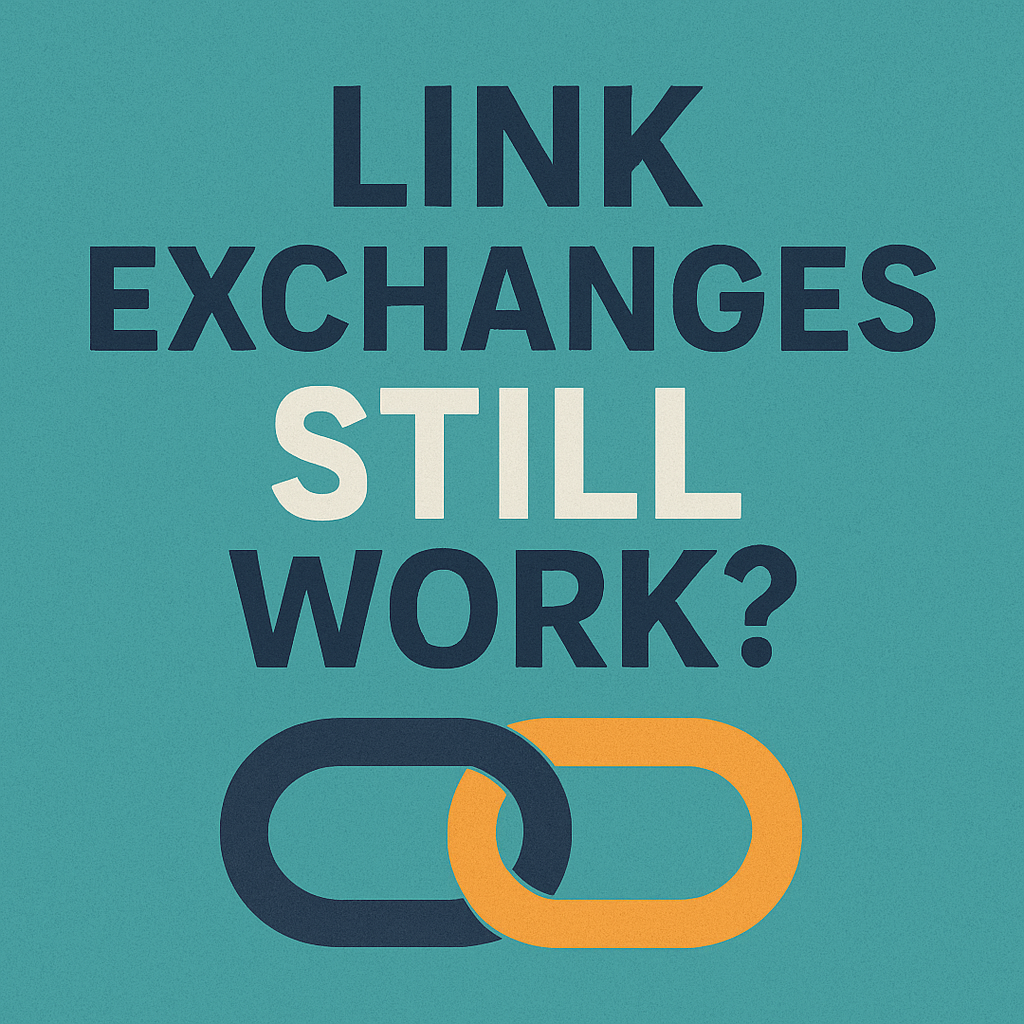

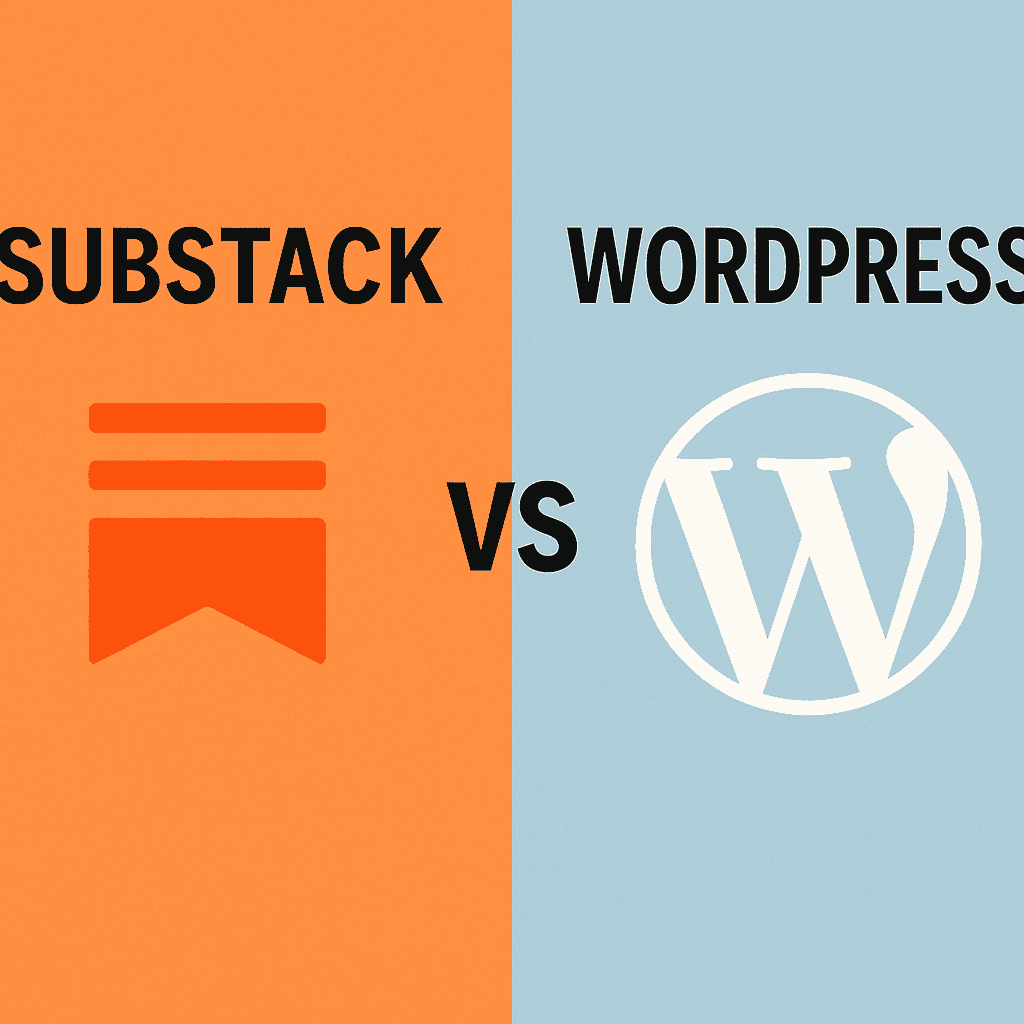

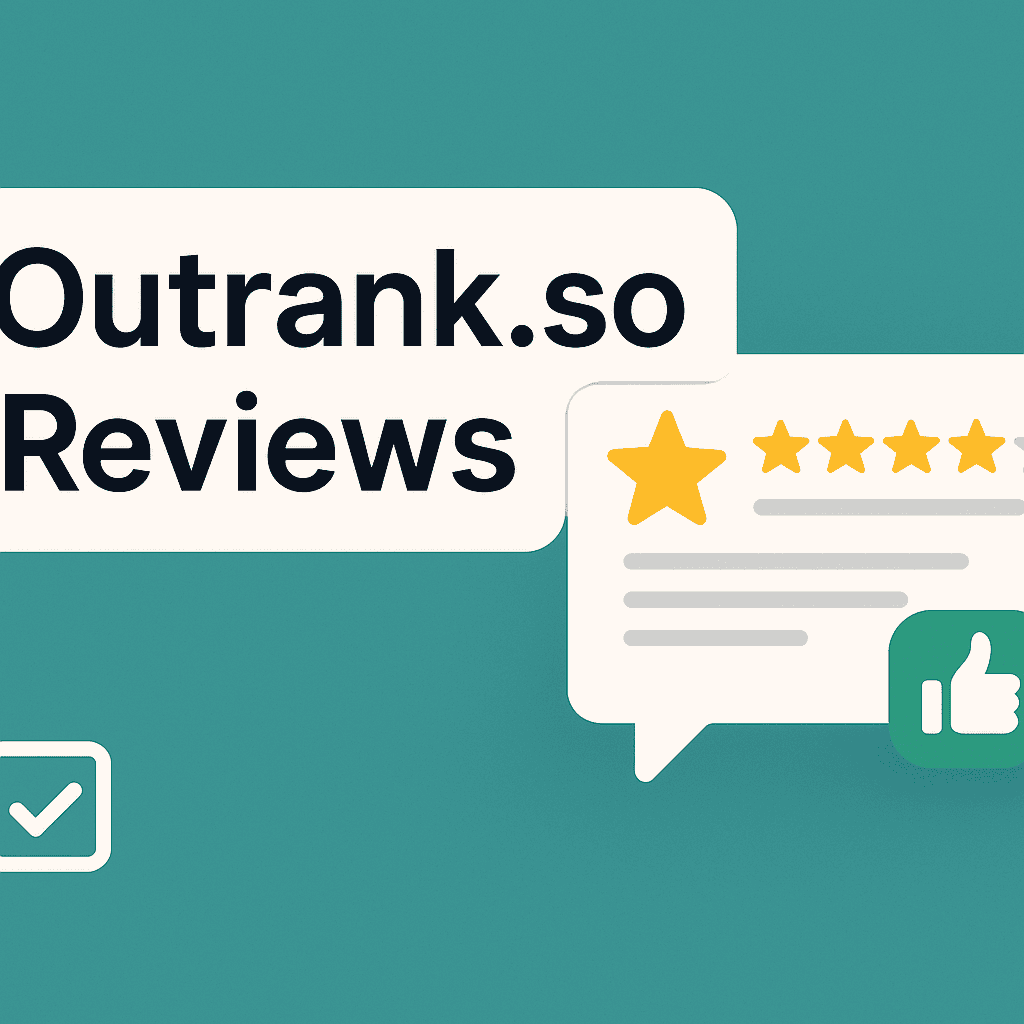

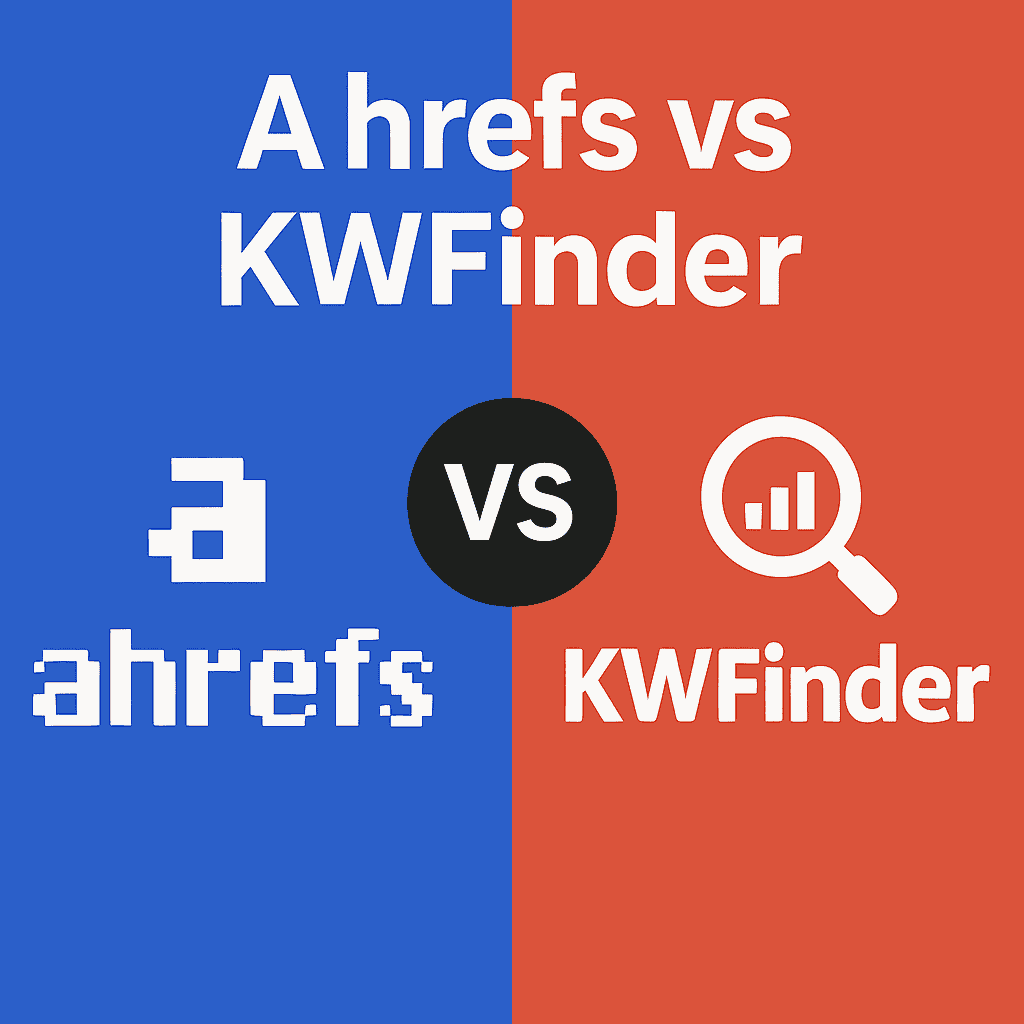

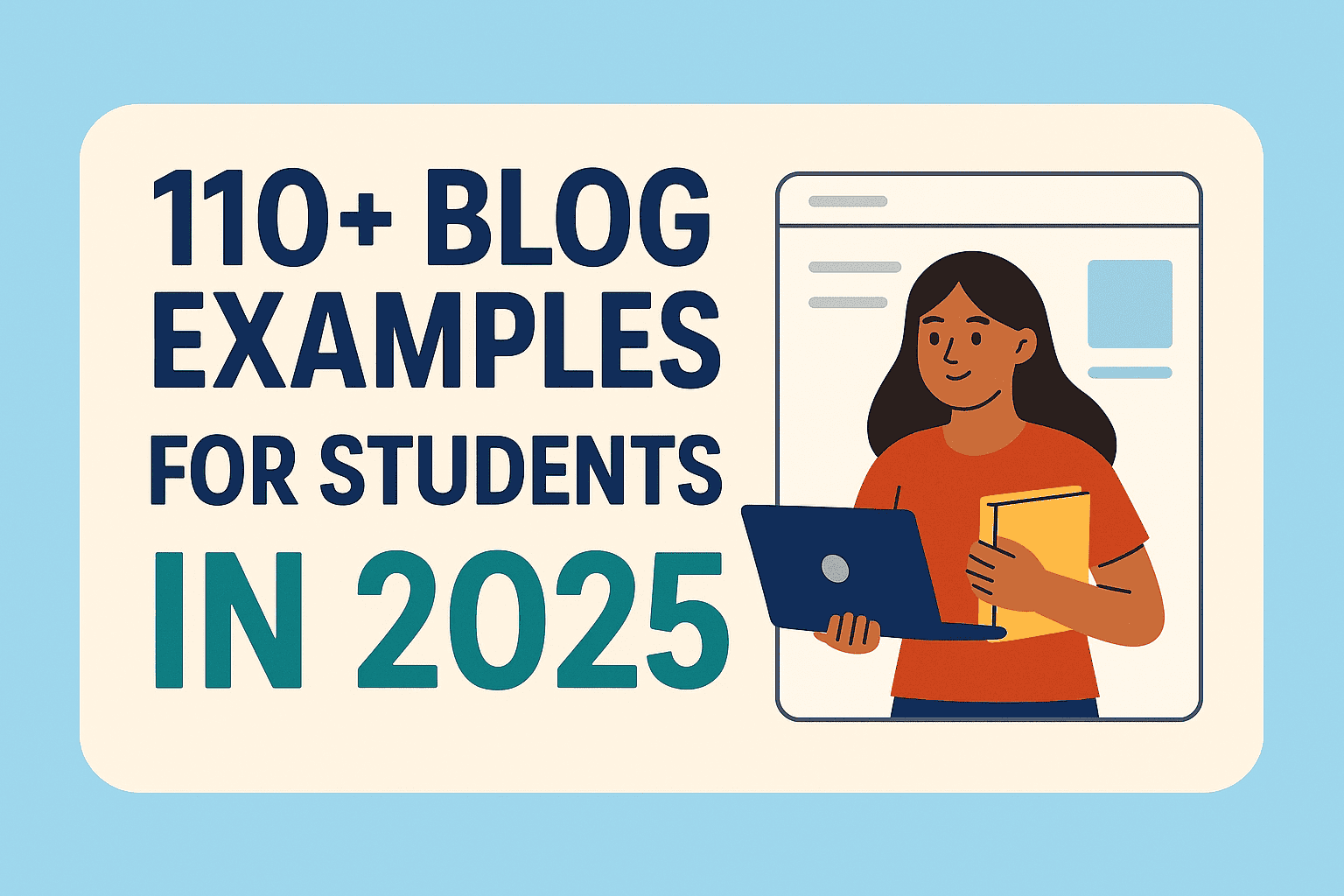
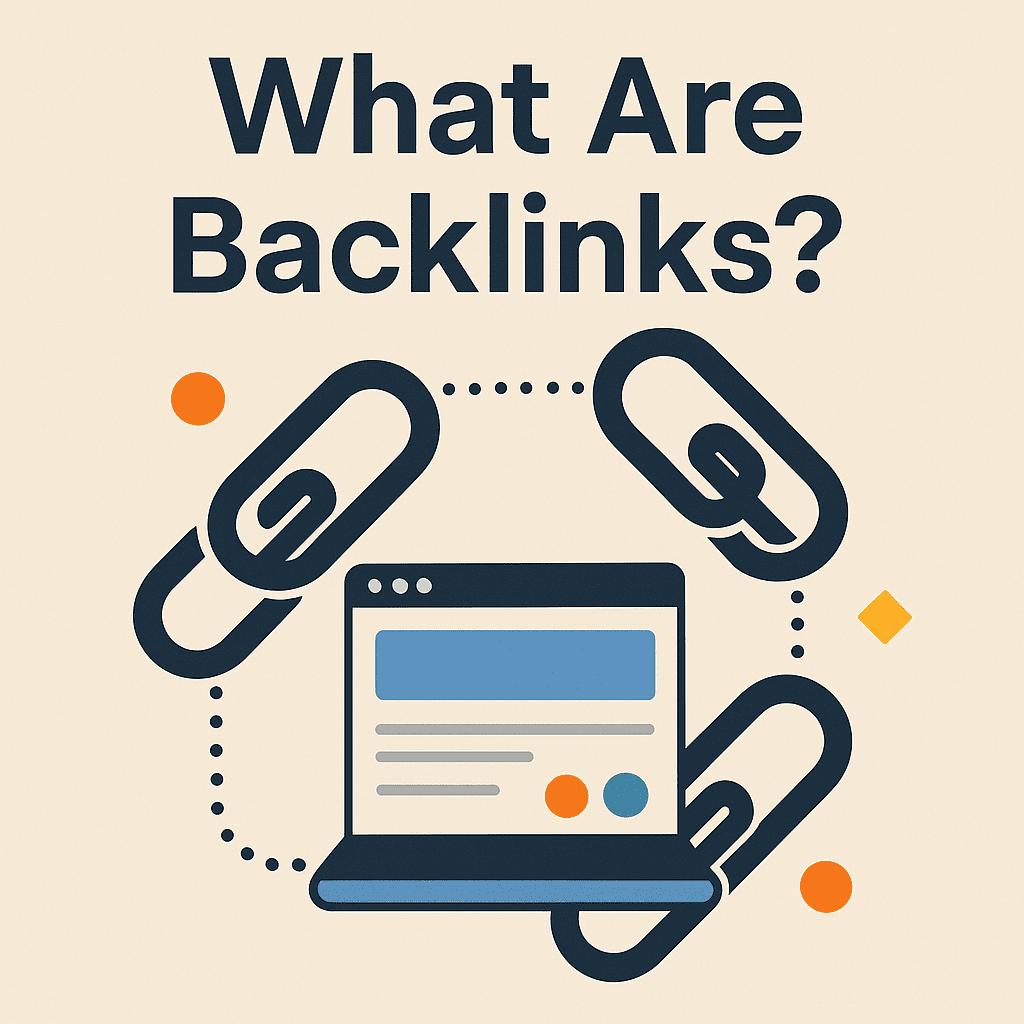
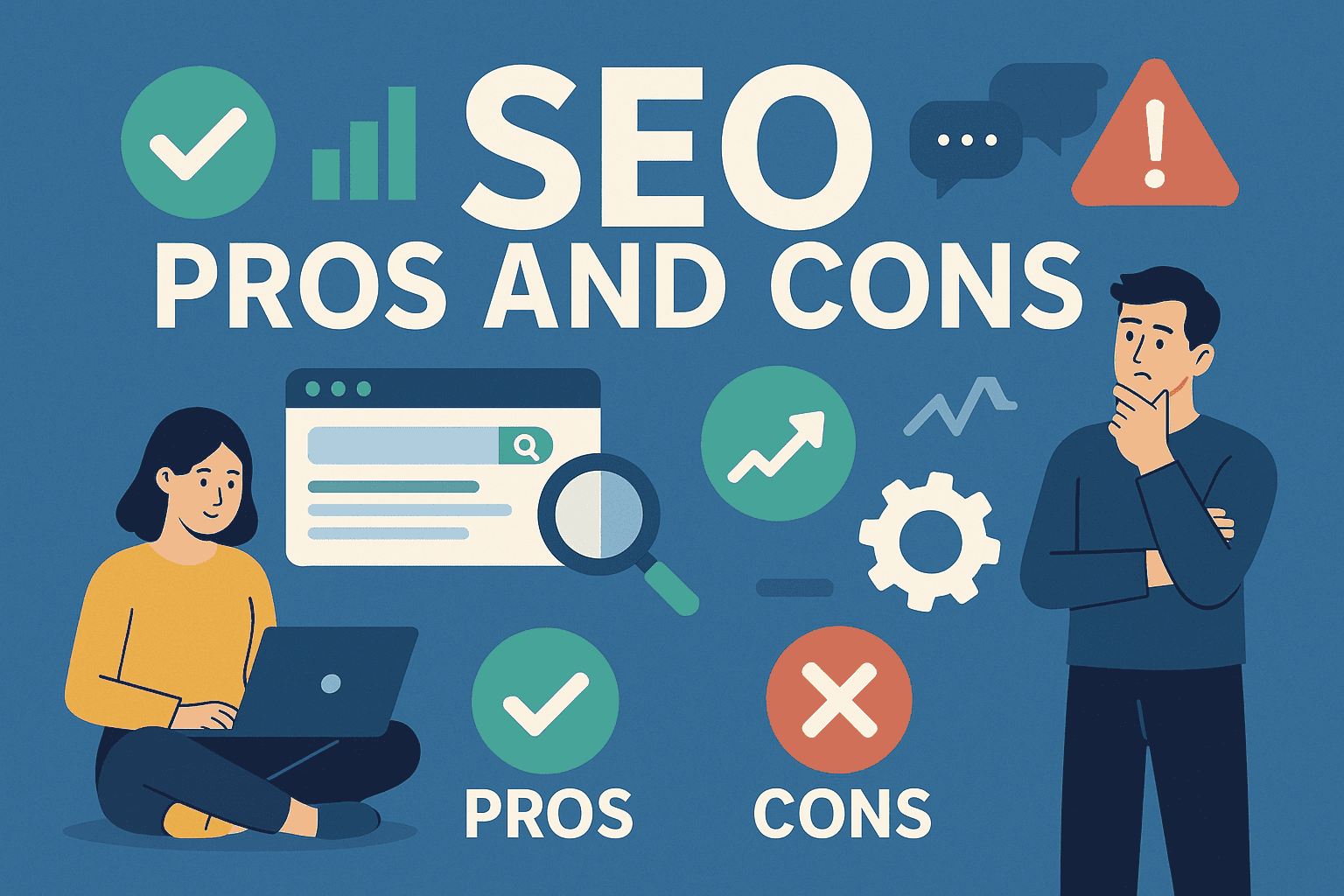

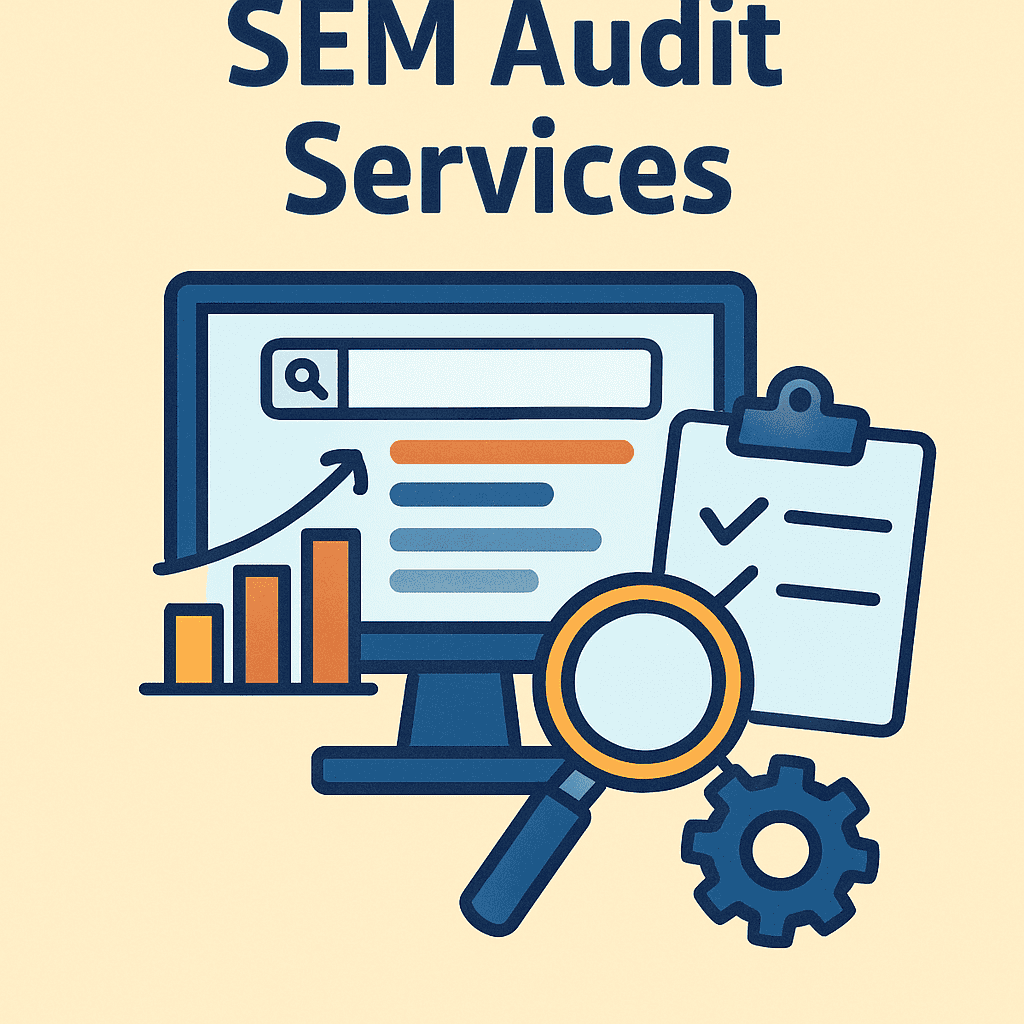


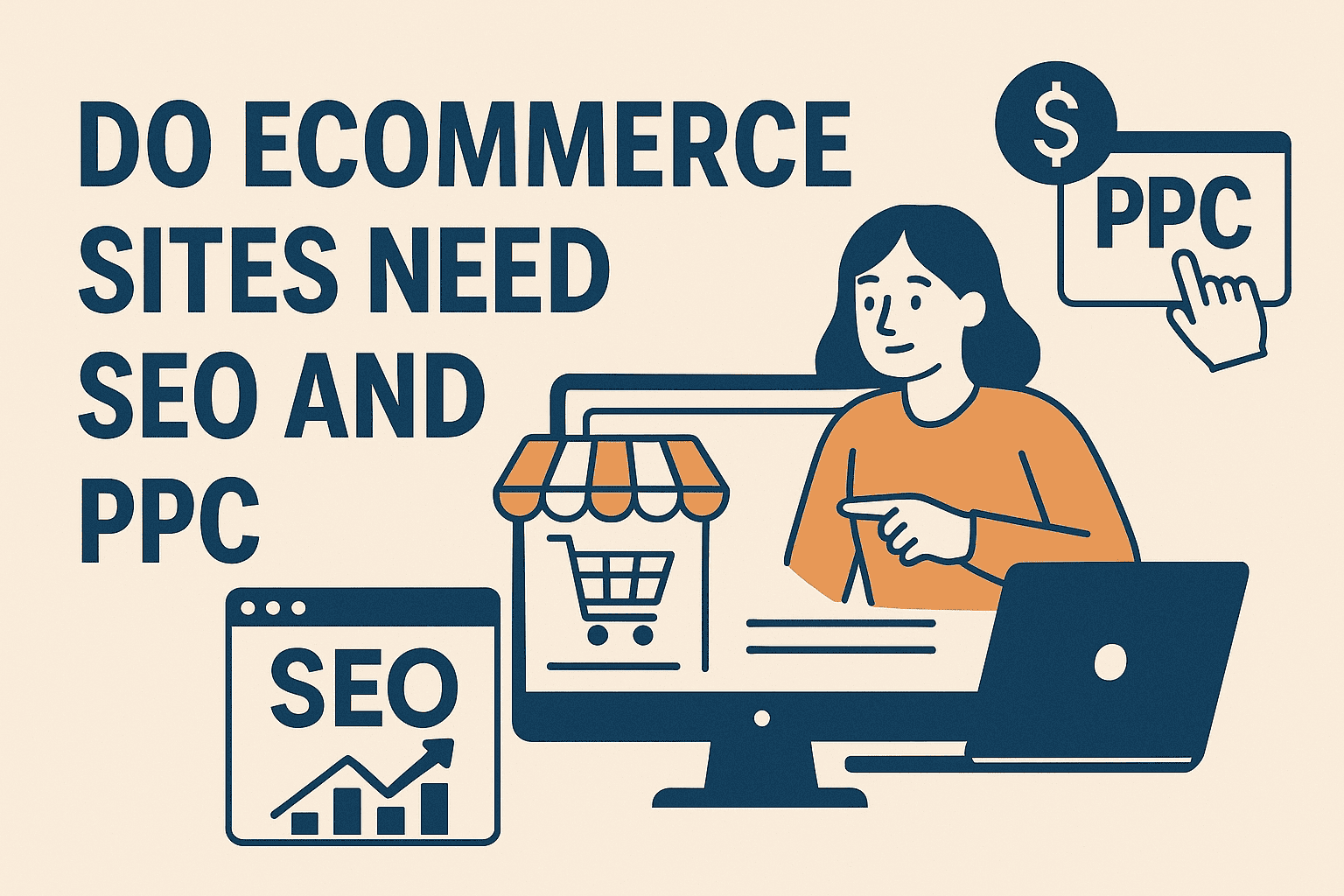
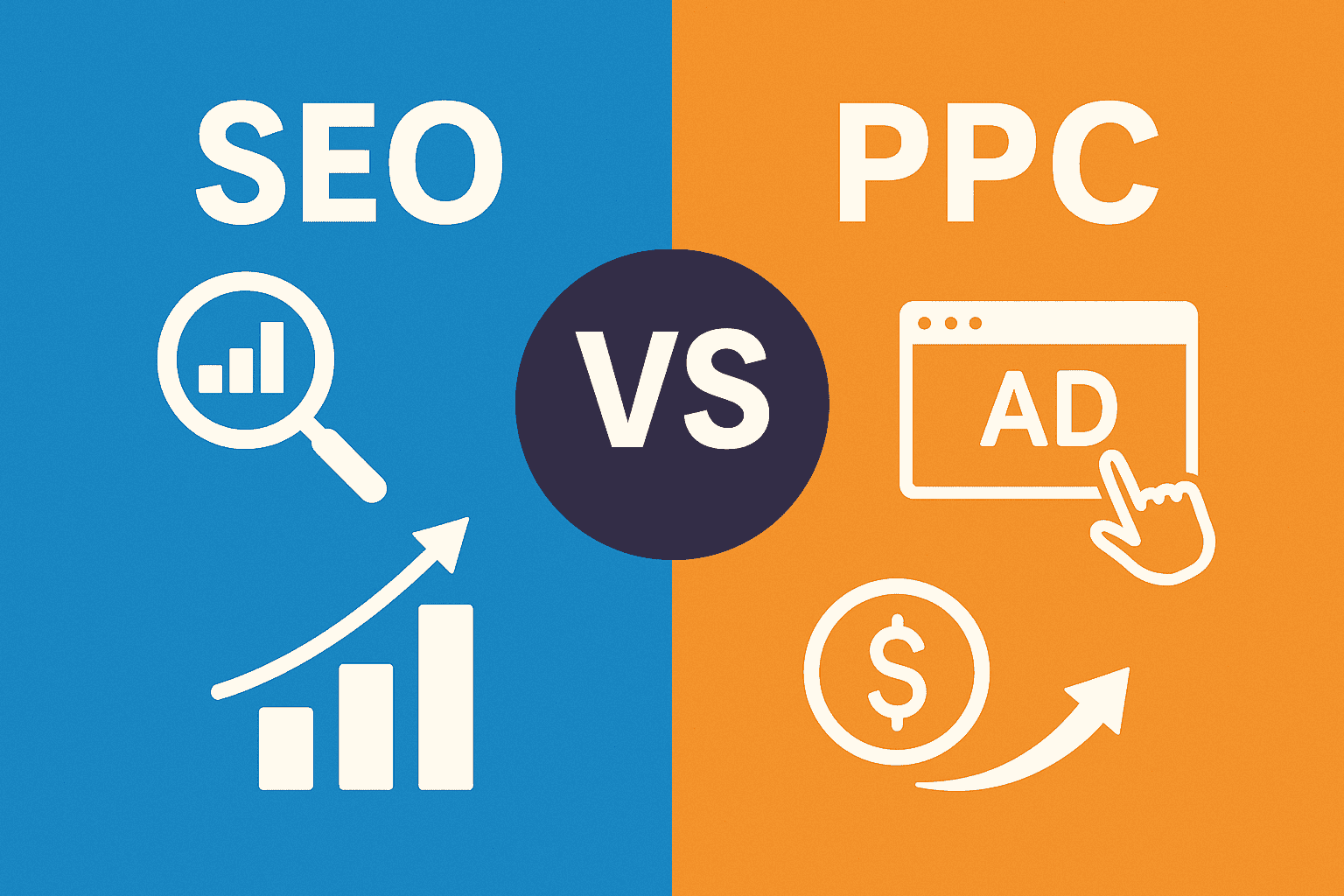





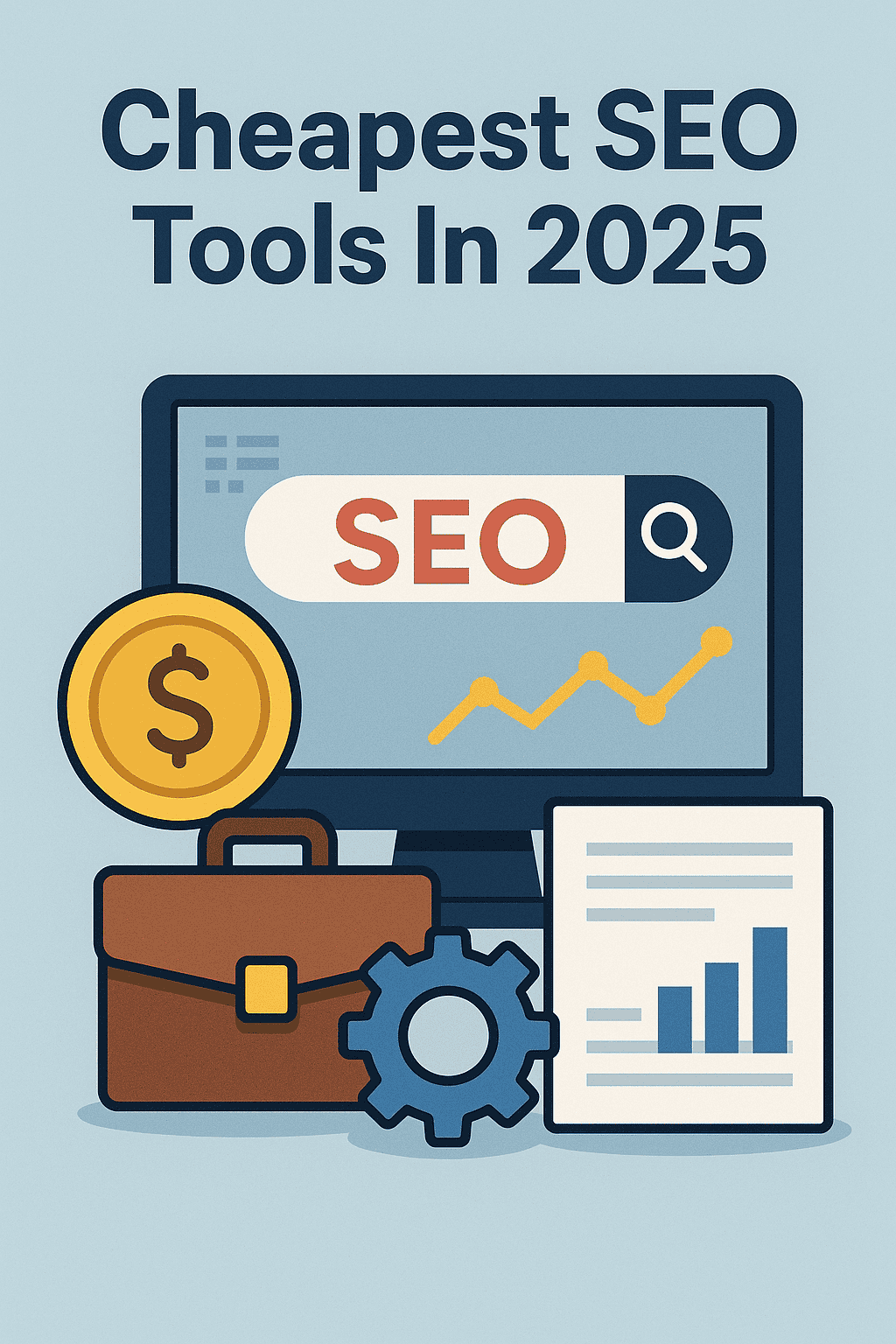
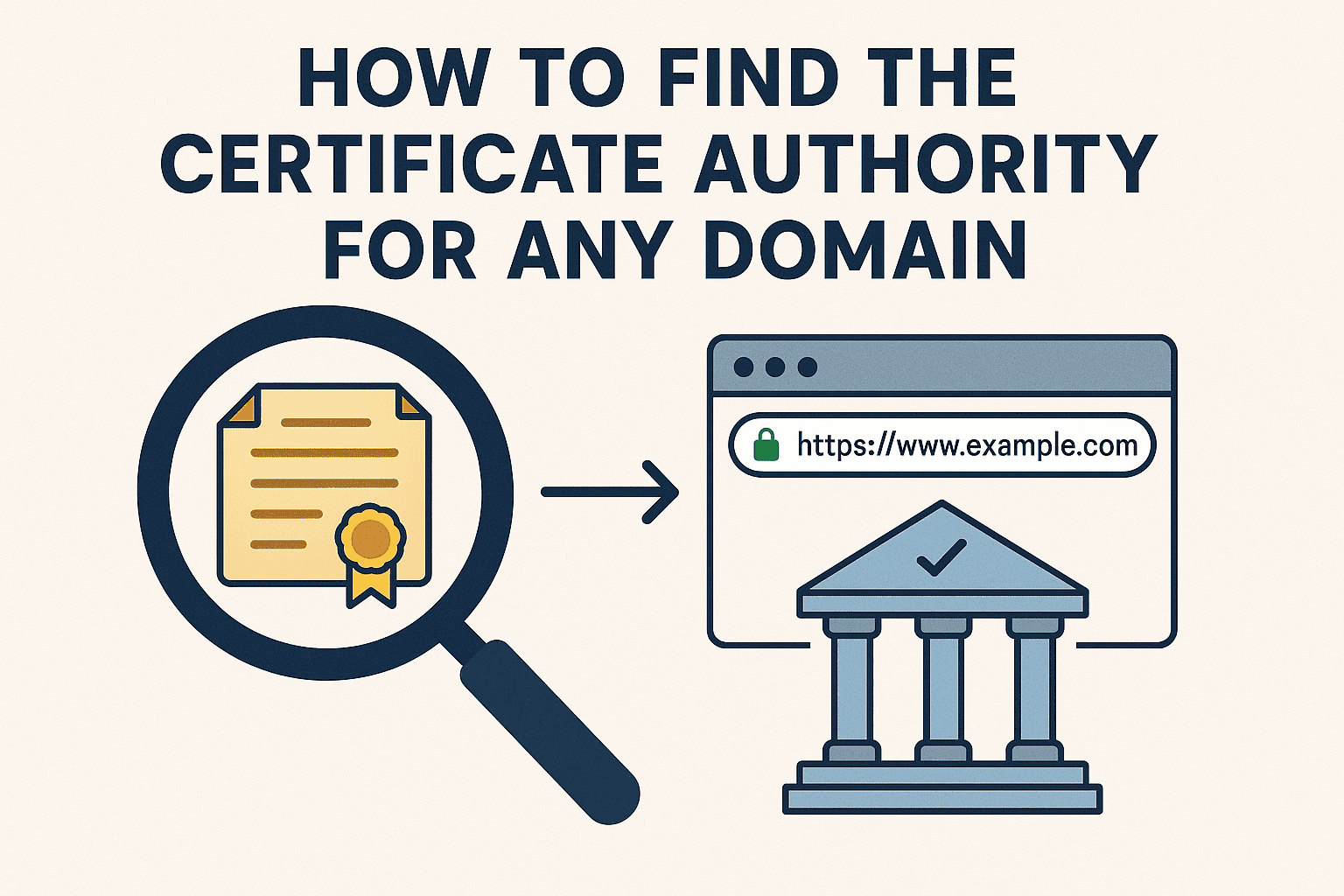
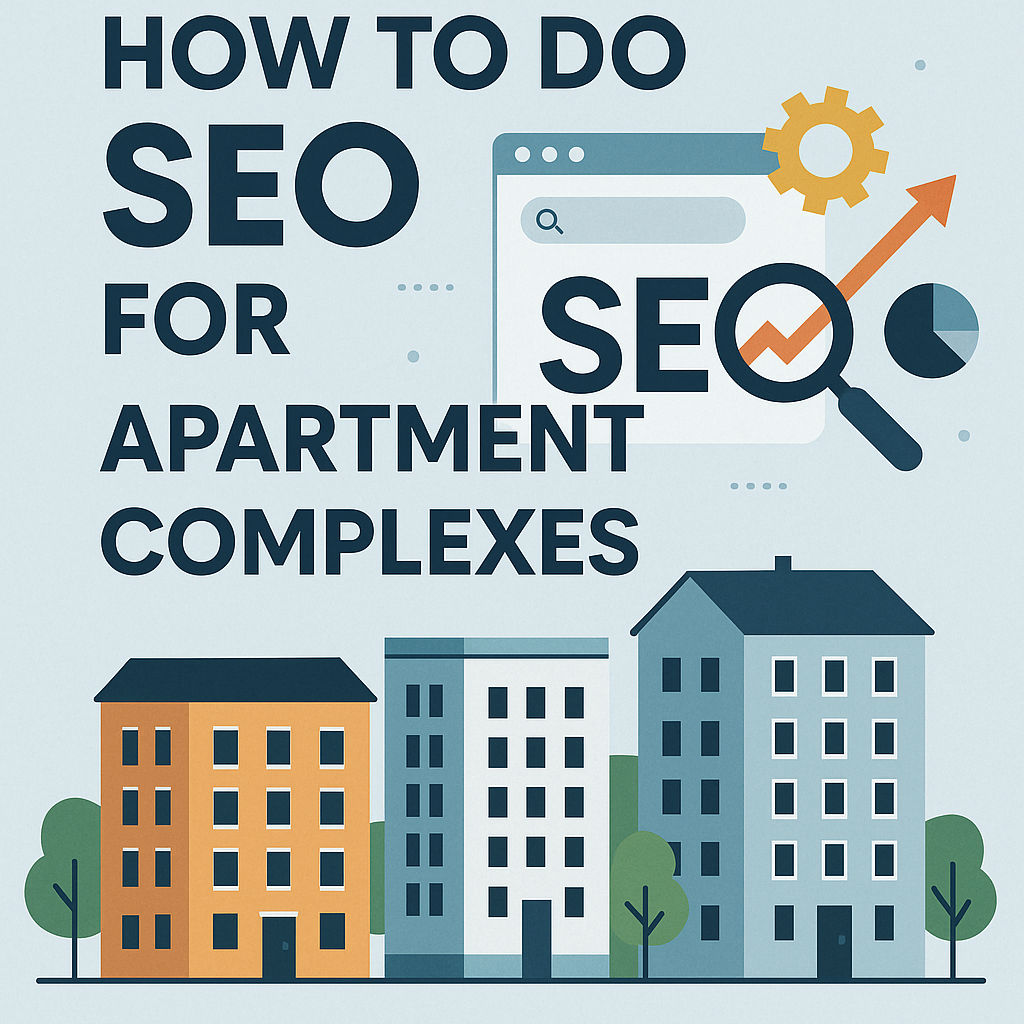
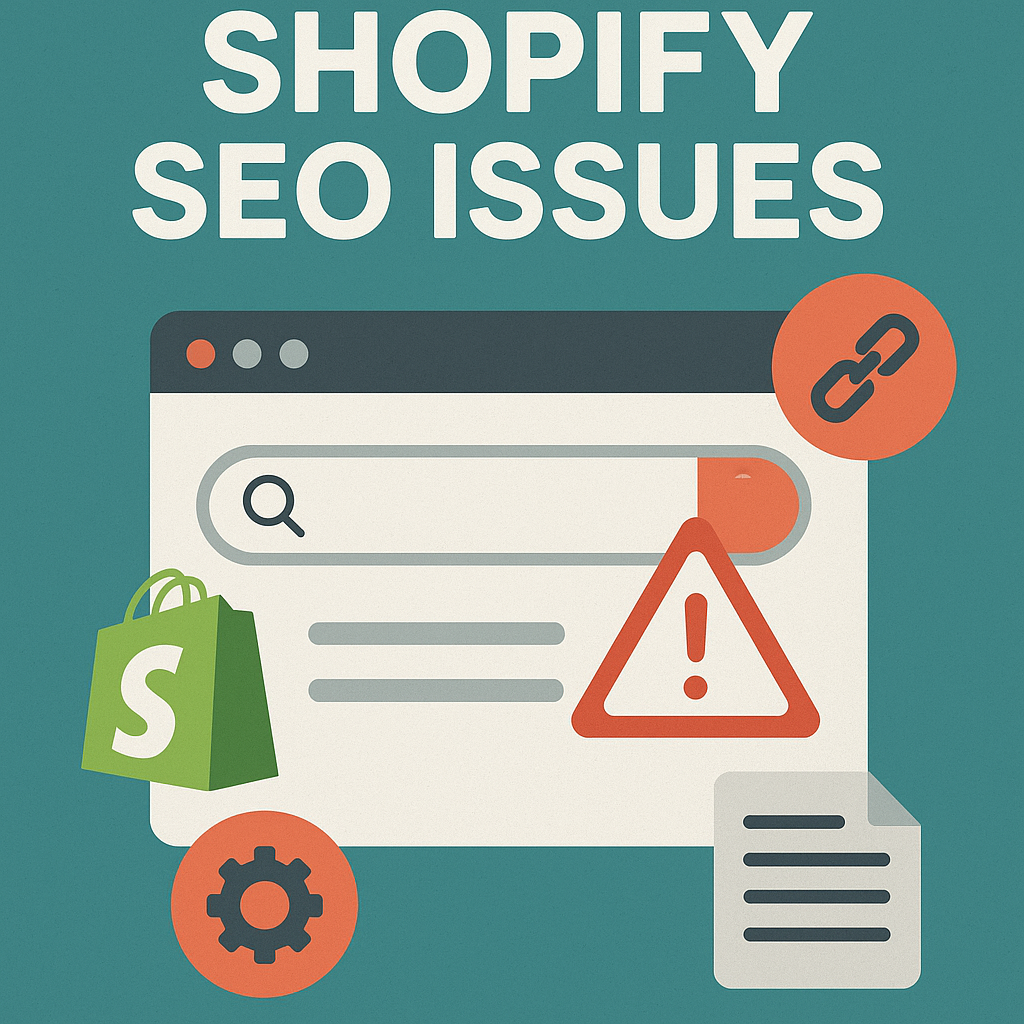
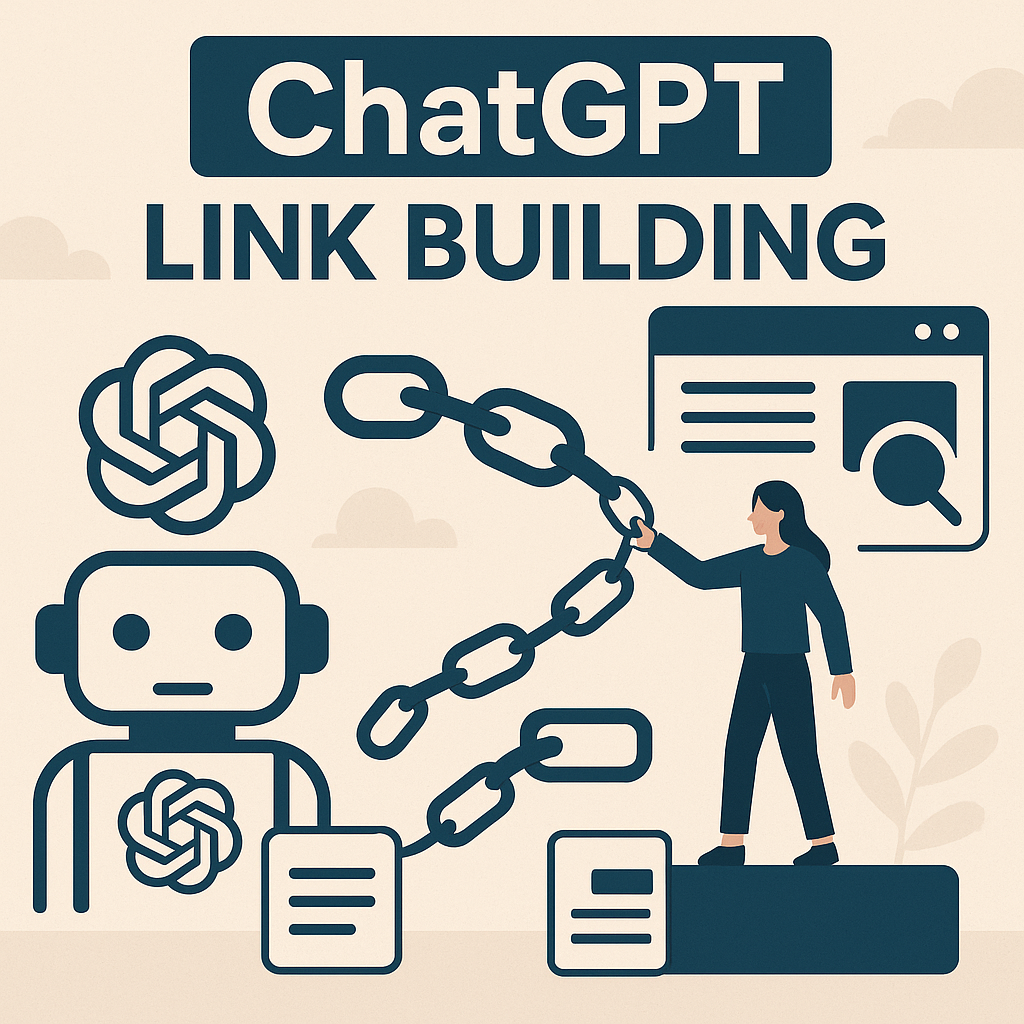
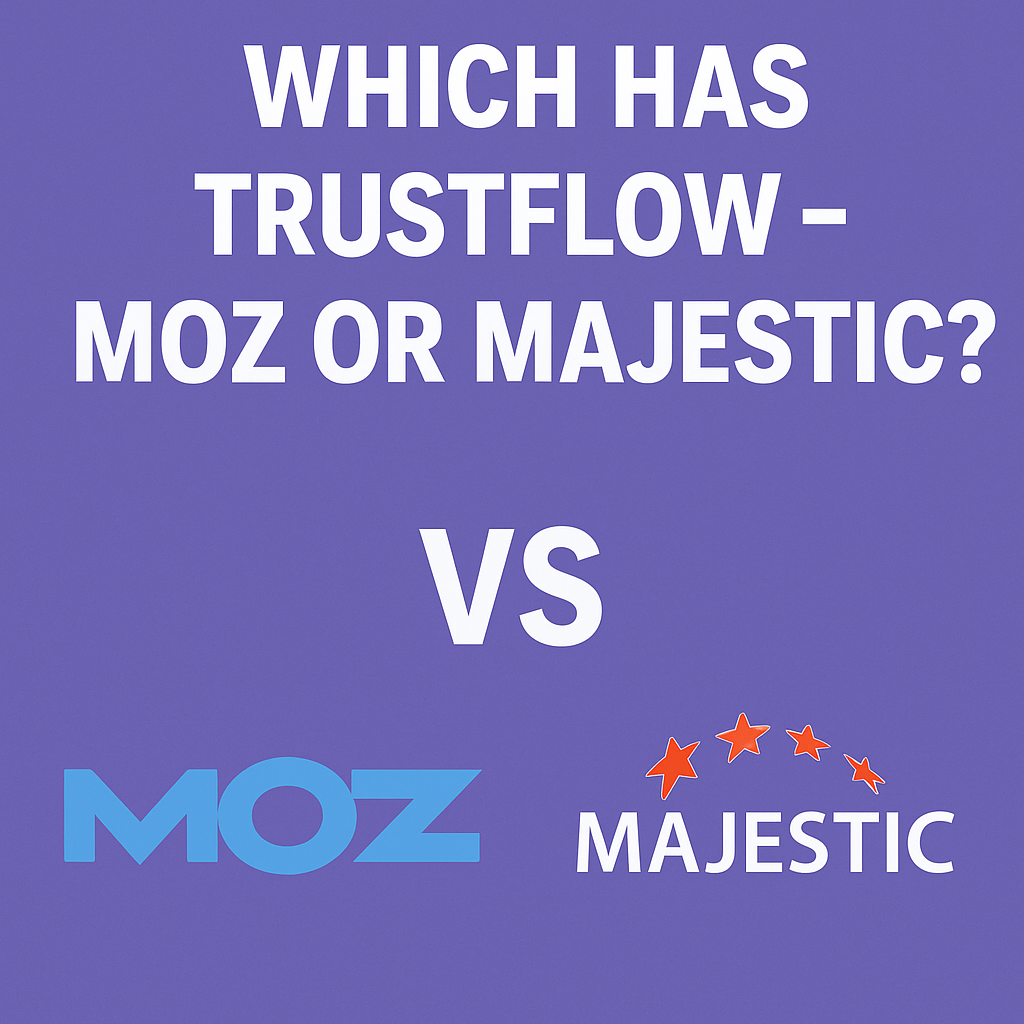
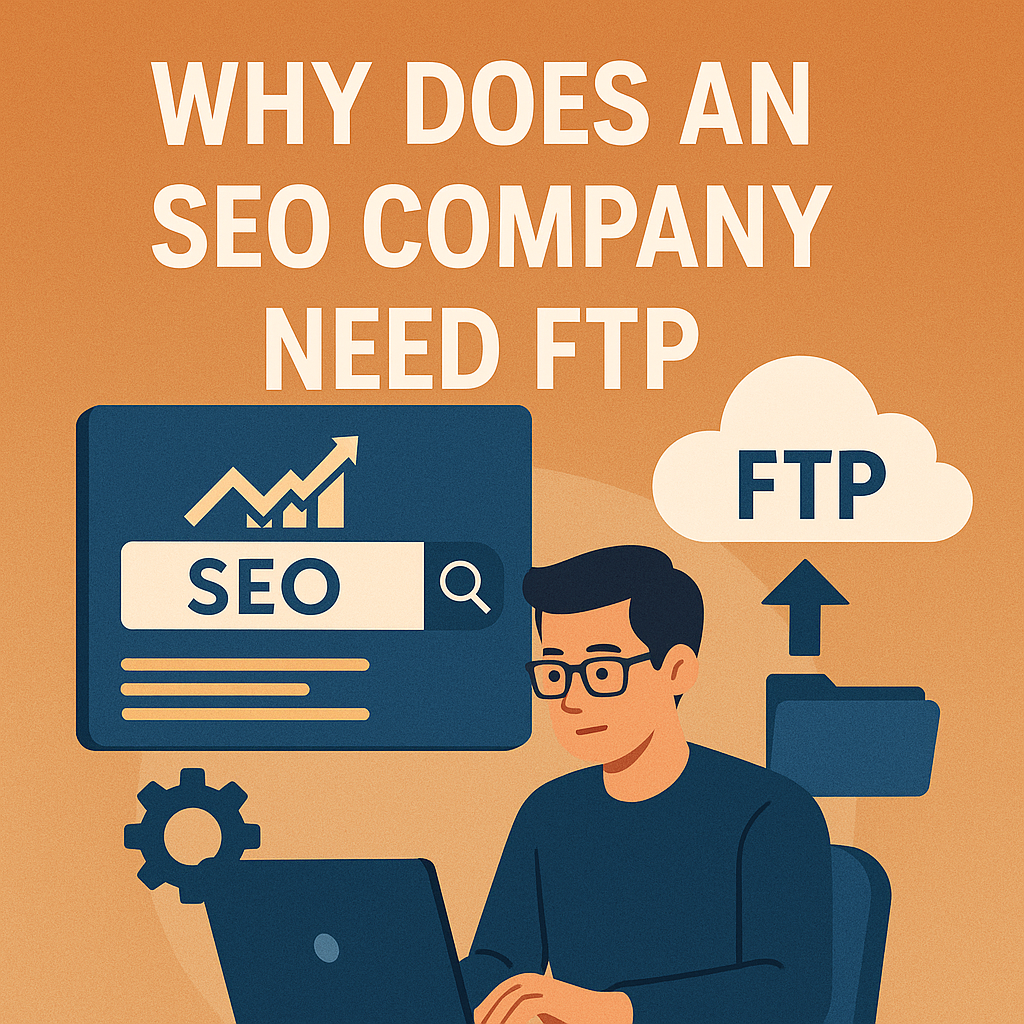
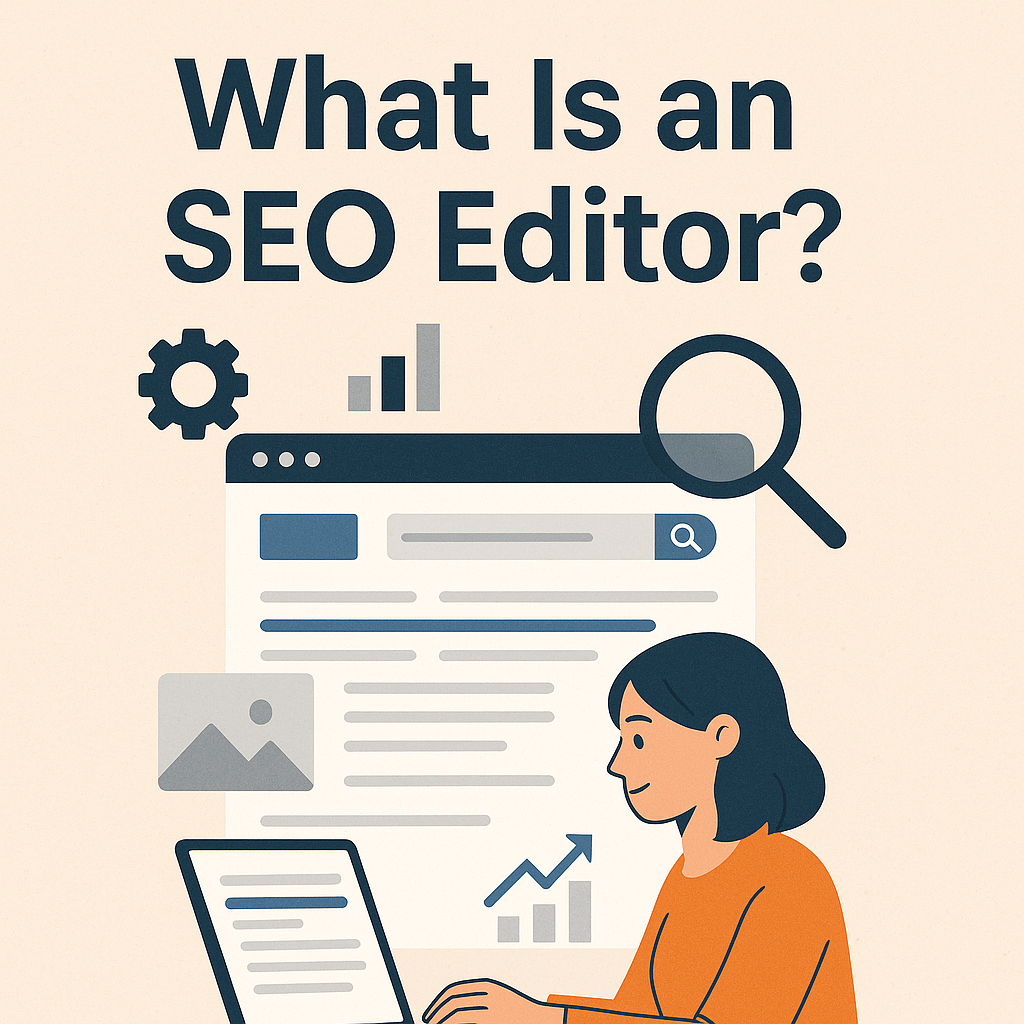
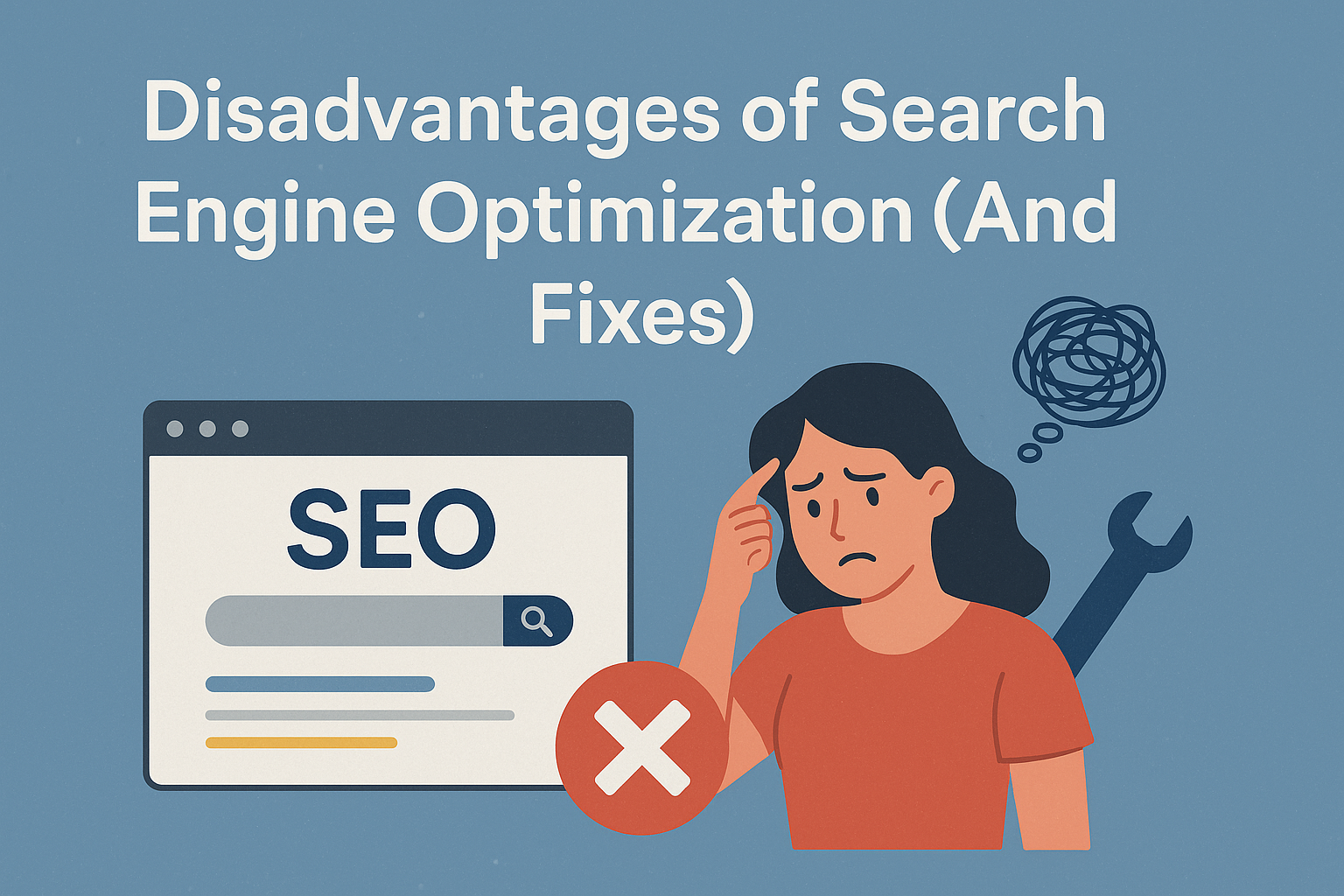
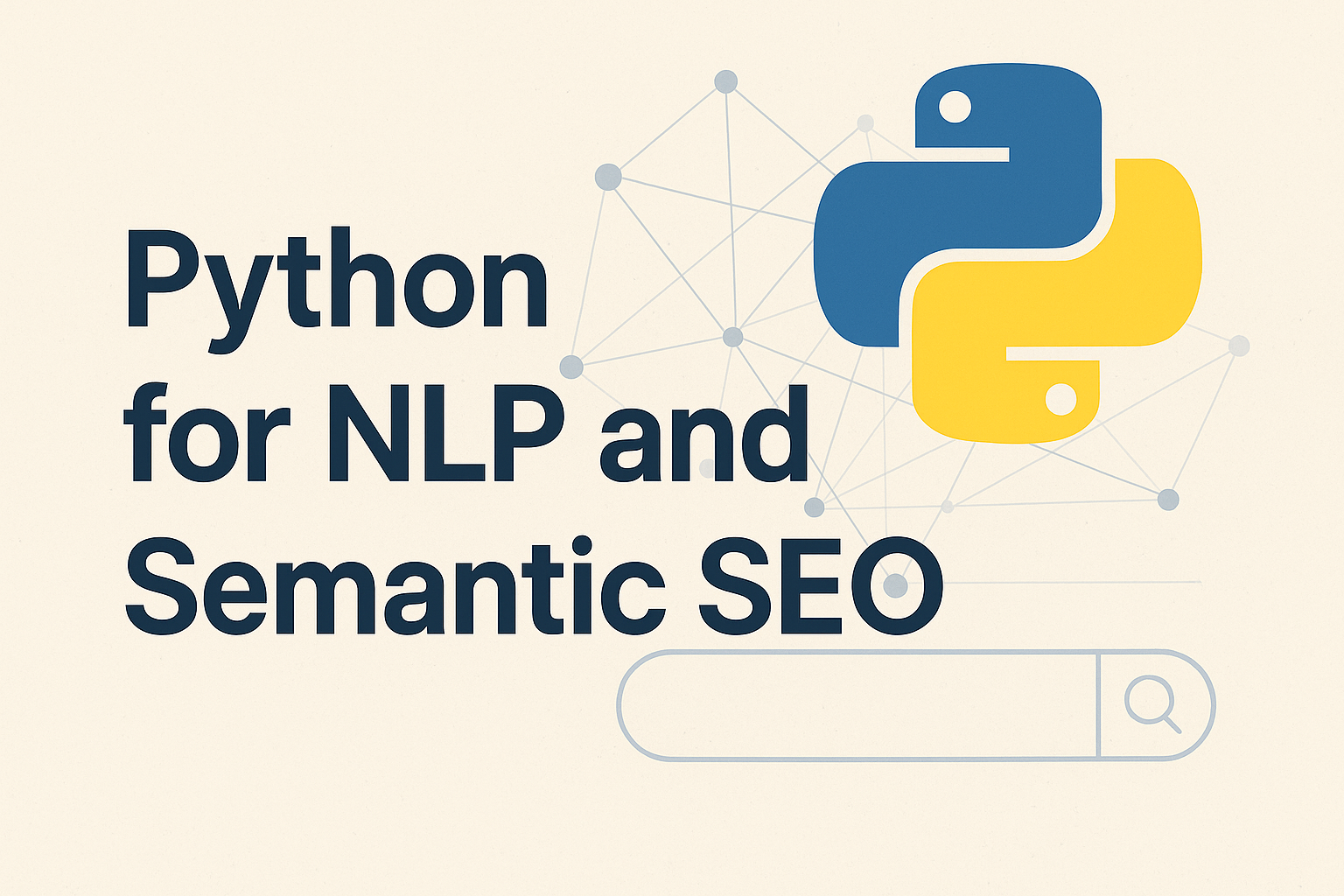
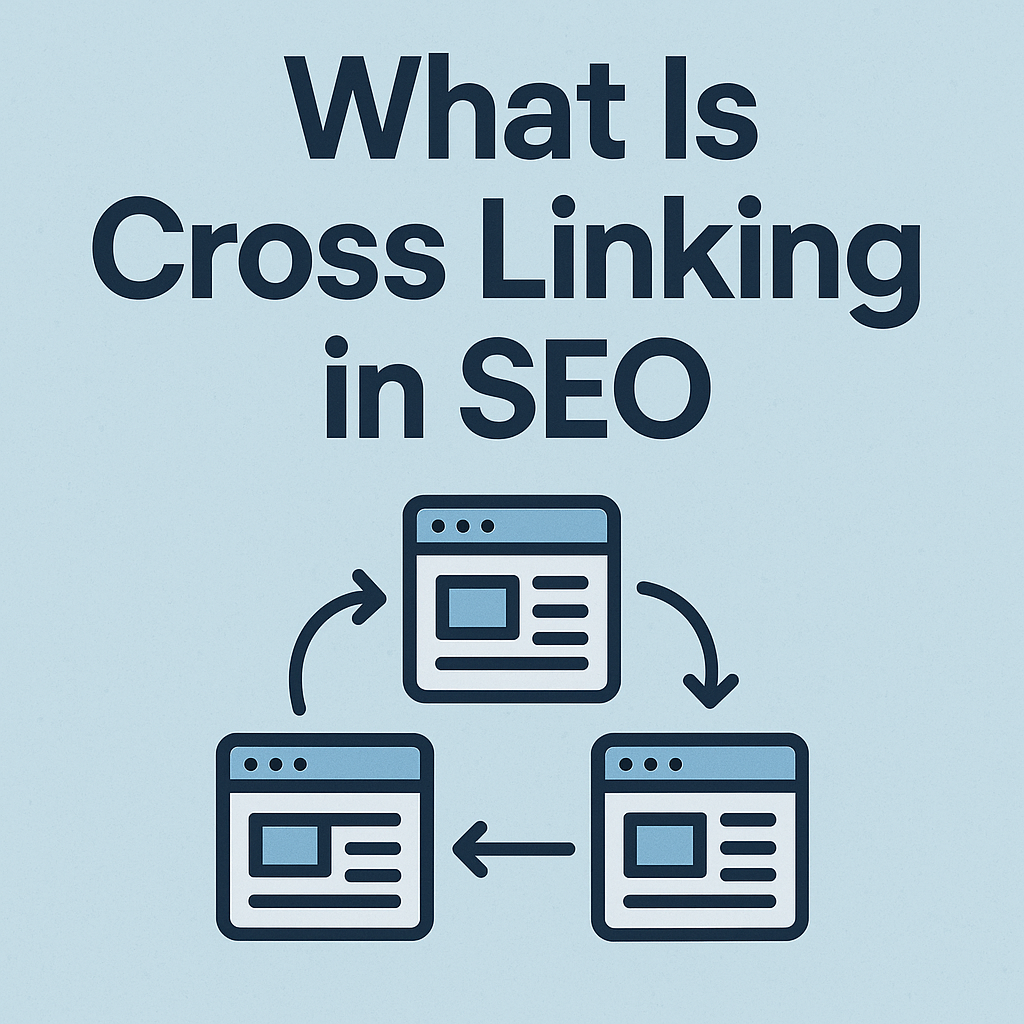

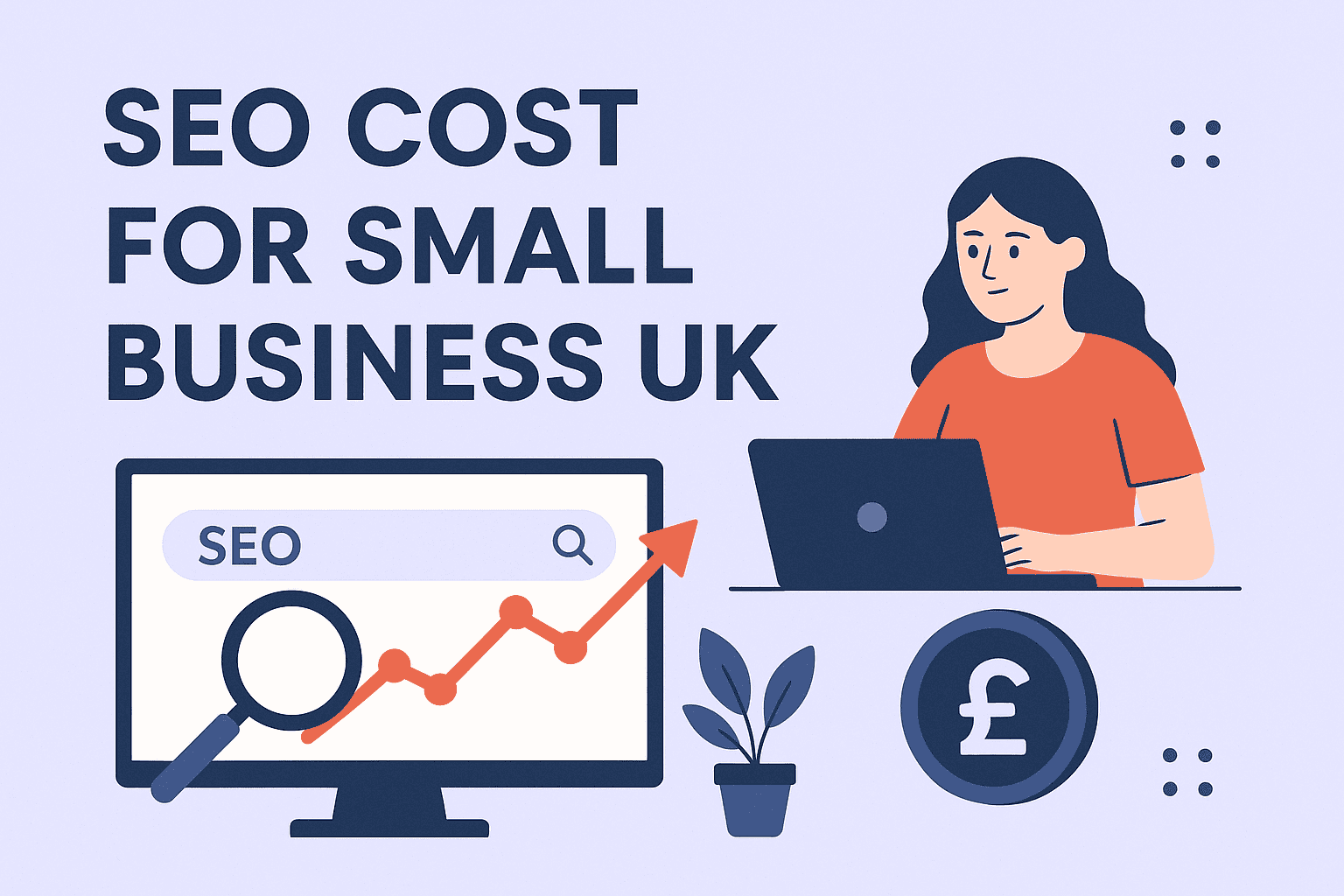
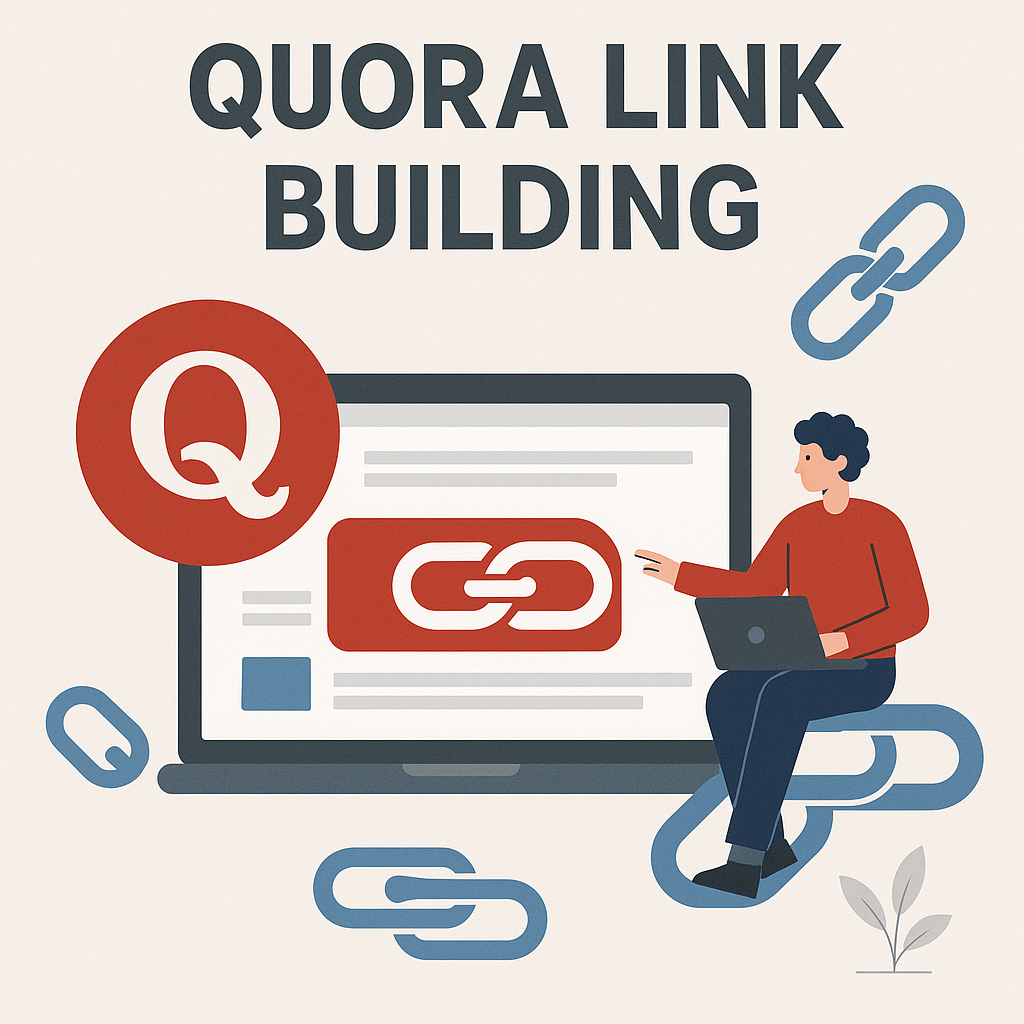
![How Many Outbound Links Per Blog [2025 Updated]](https://backlinkmanagement.io/wp-content/uploads/2025/06/How-Many-Outbound-Links-Per-Blog.png)
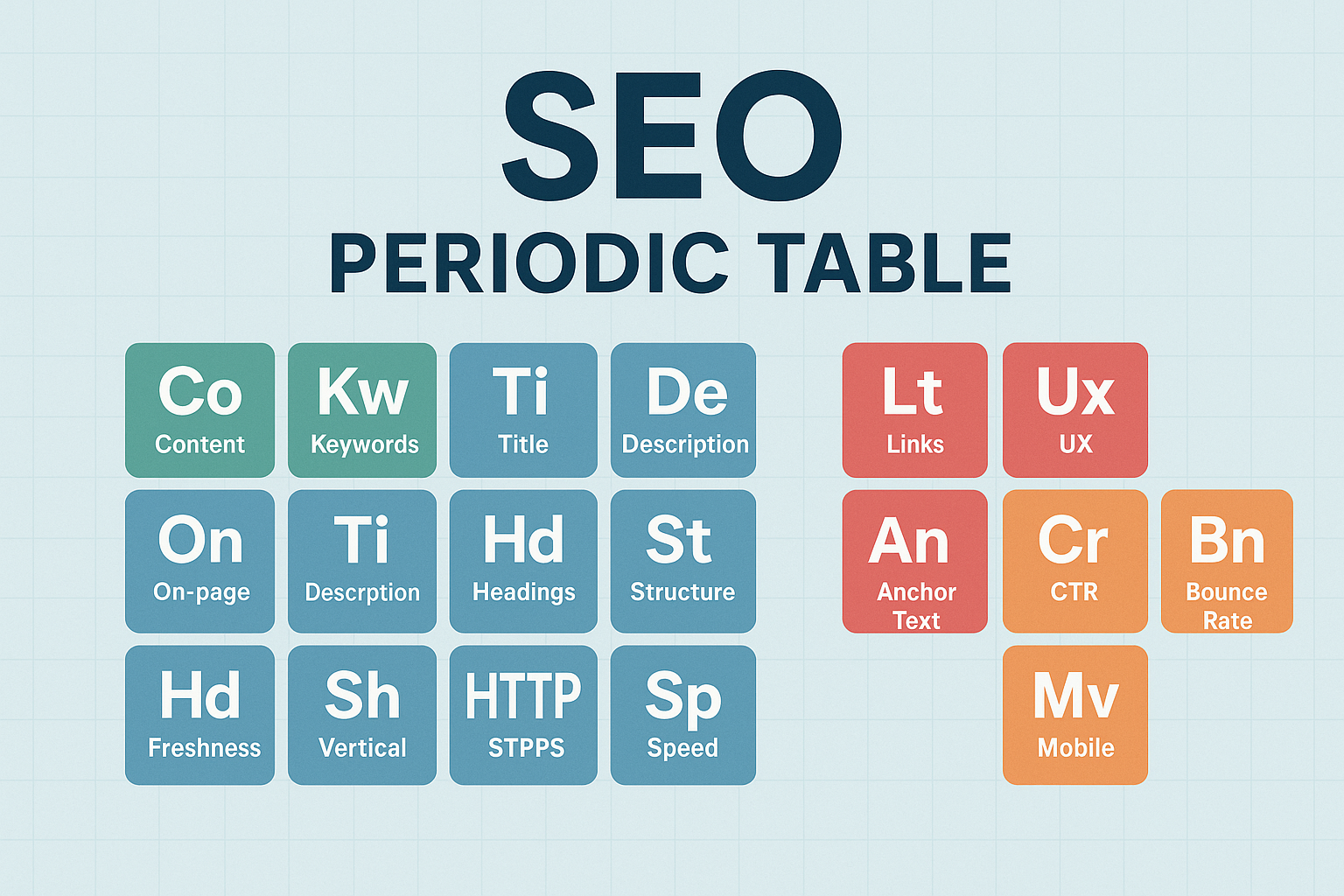

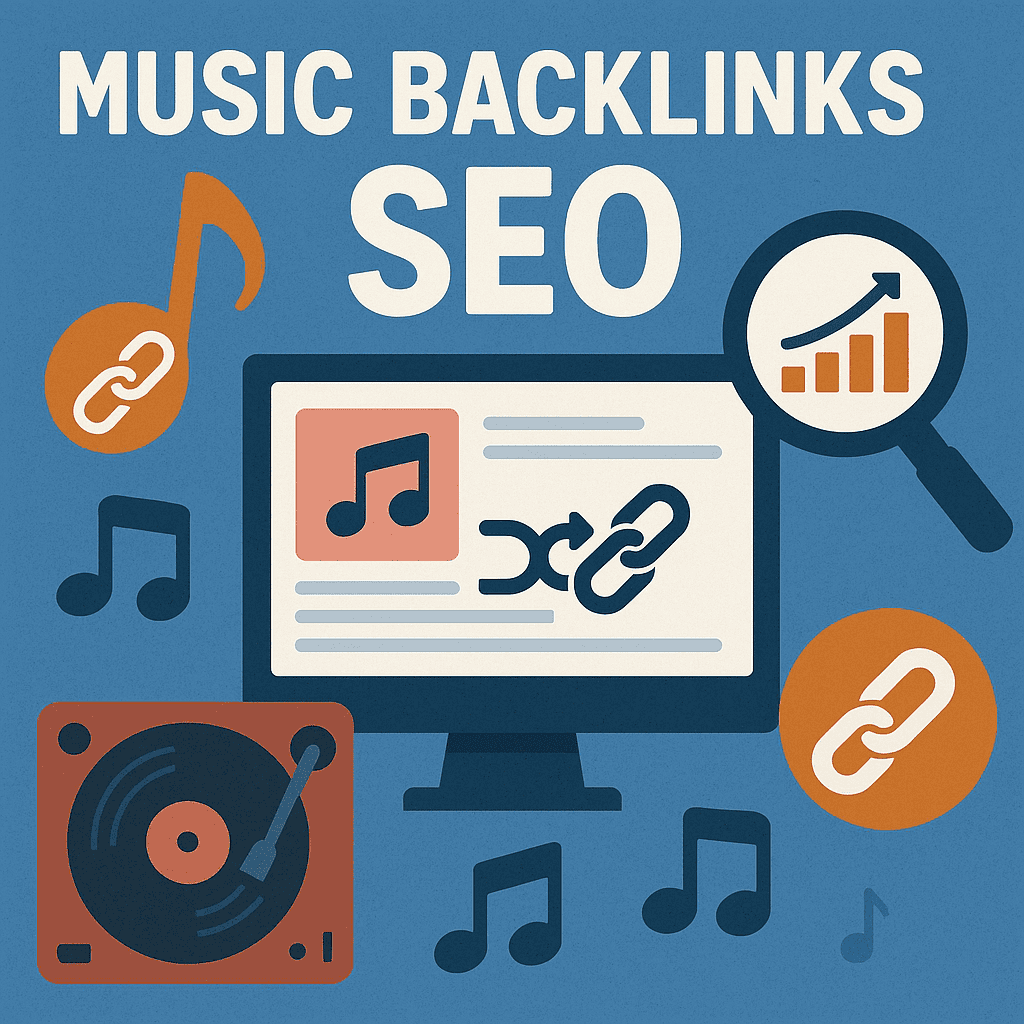
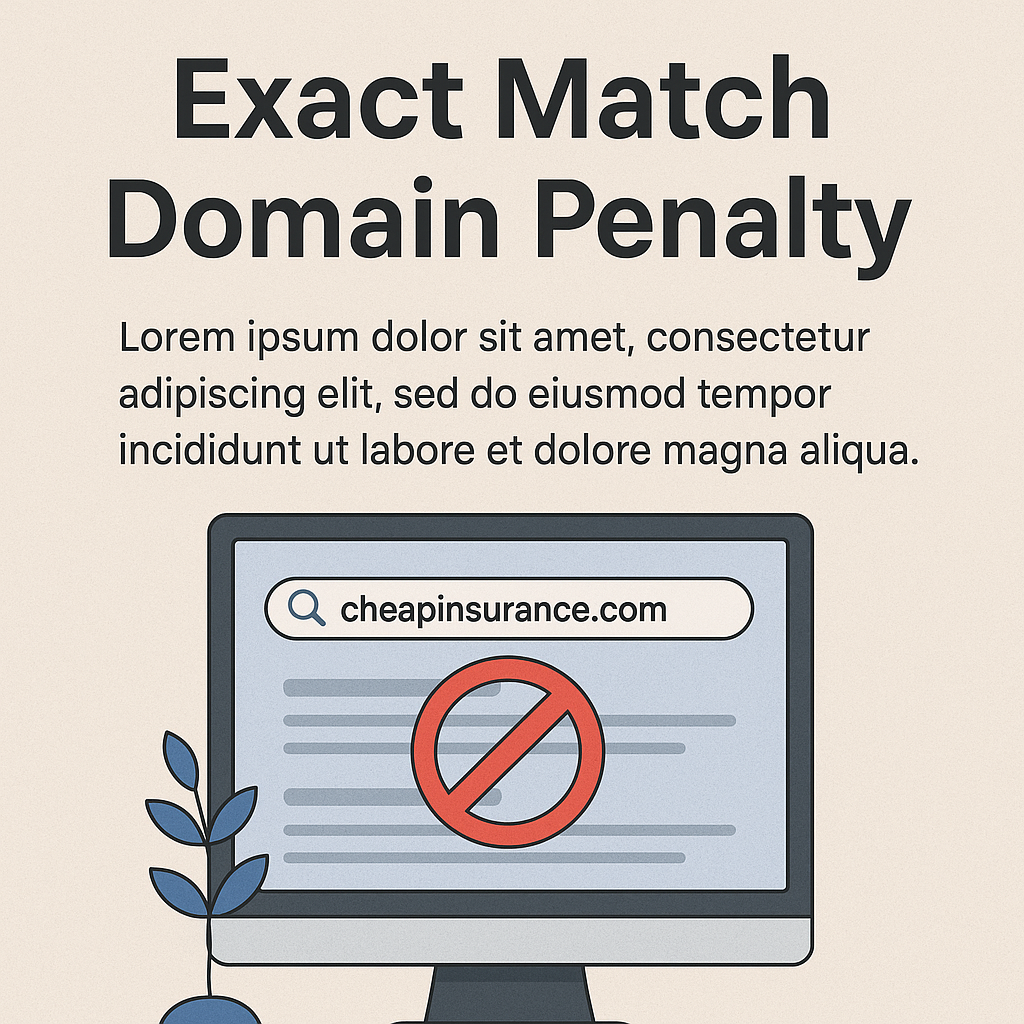
![B2B and B2C Website Examples [2025 Updated]](https://backlinkmanagement.io/wp-content/uploads/2025/05/B2B-and-B2C-Website-Example-.png)
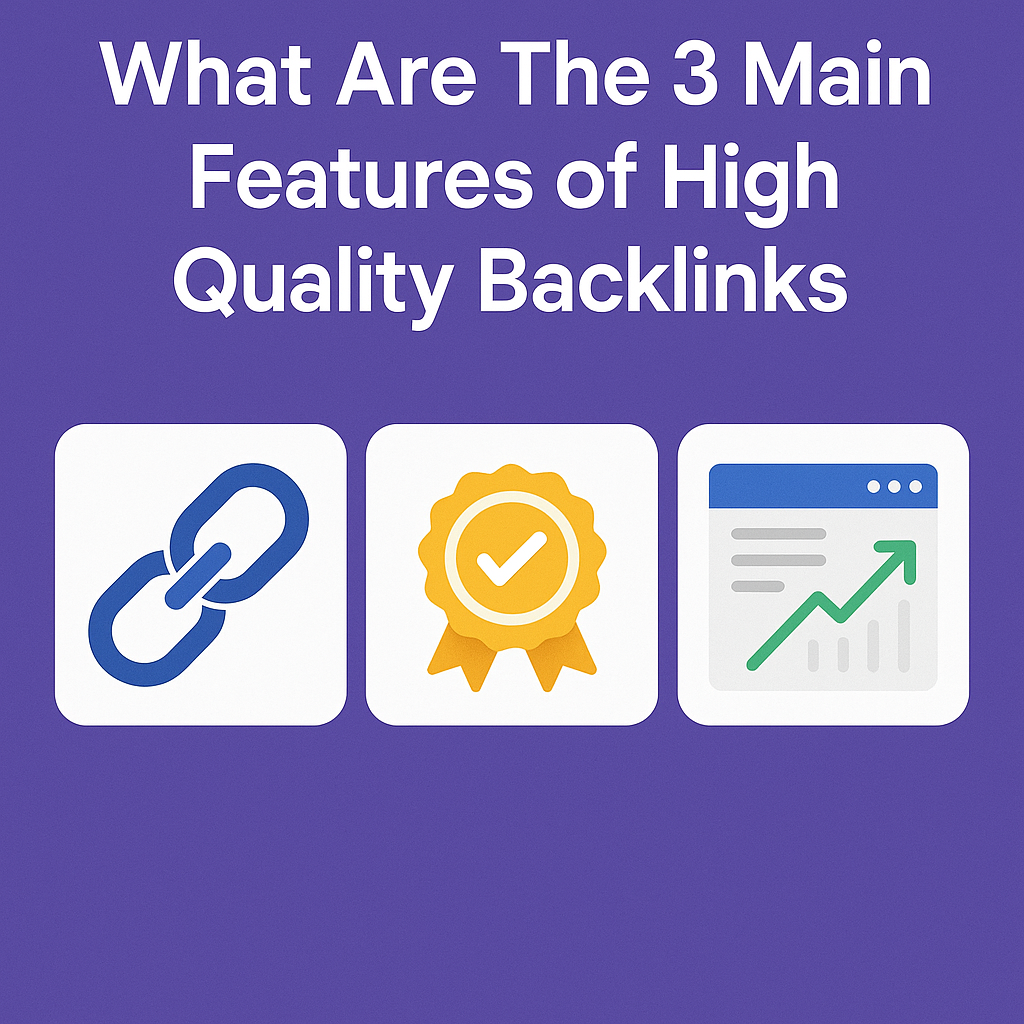
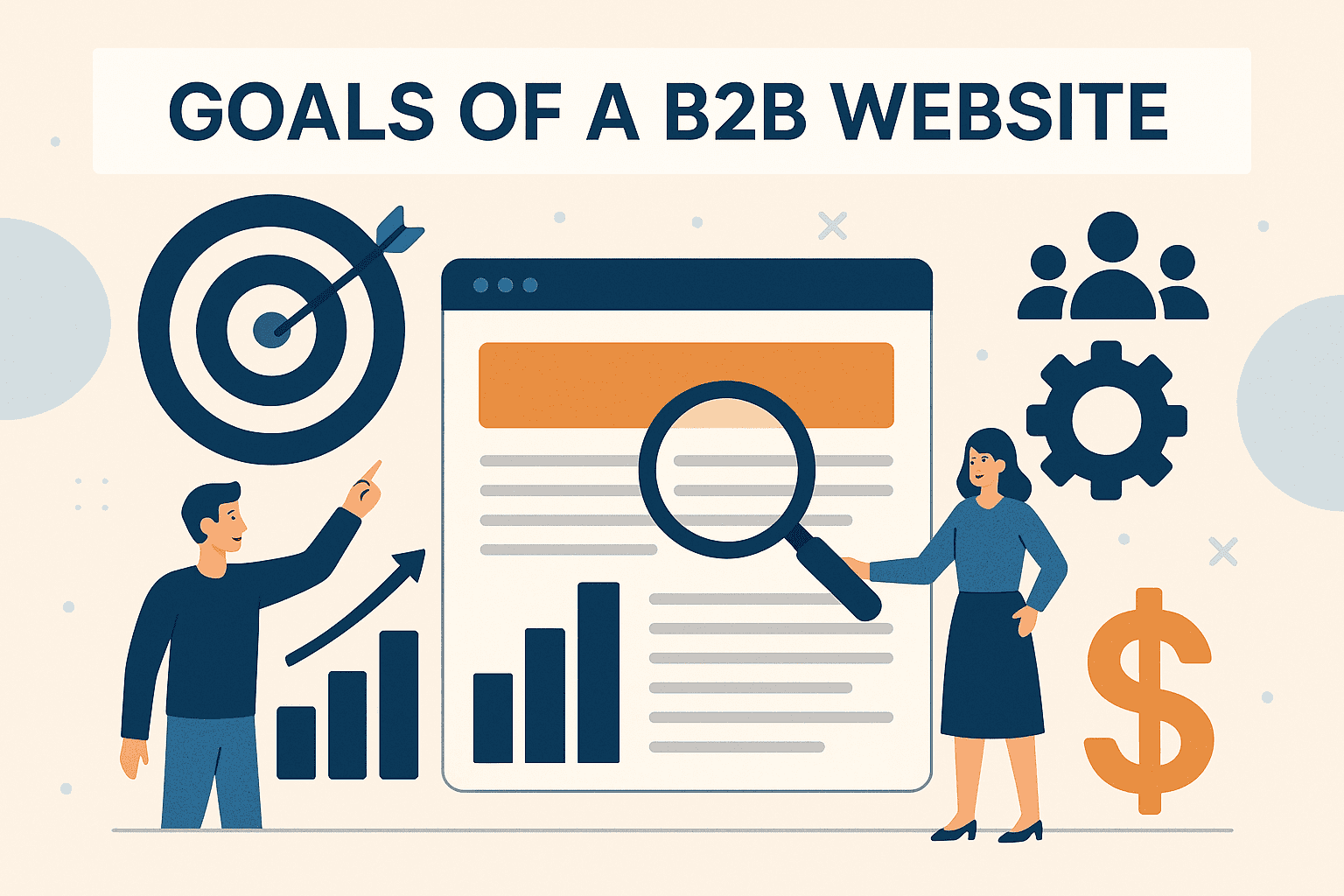
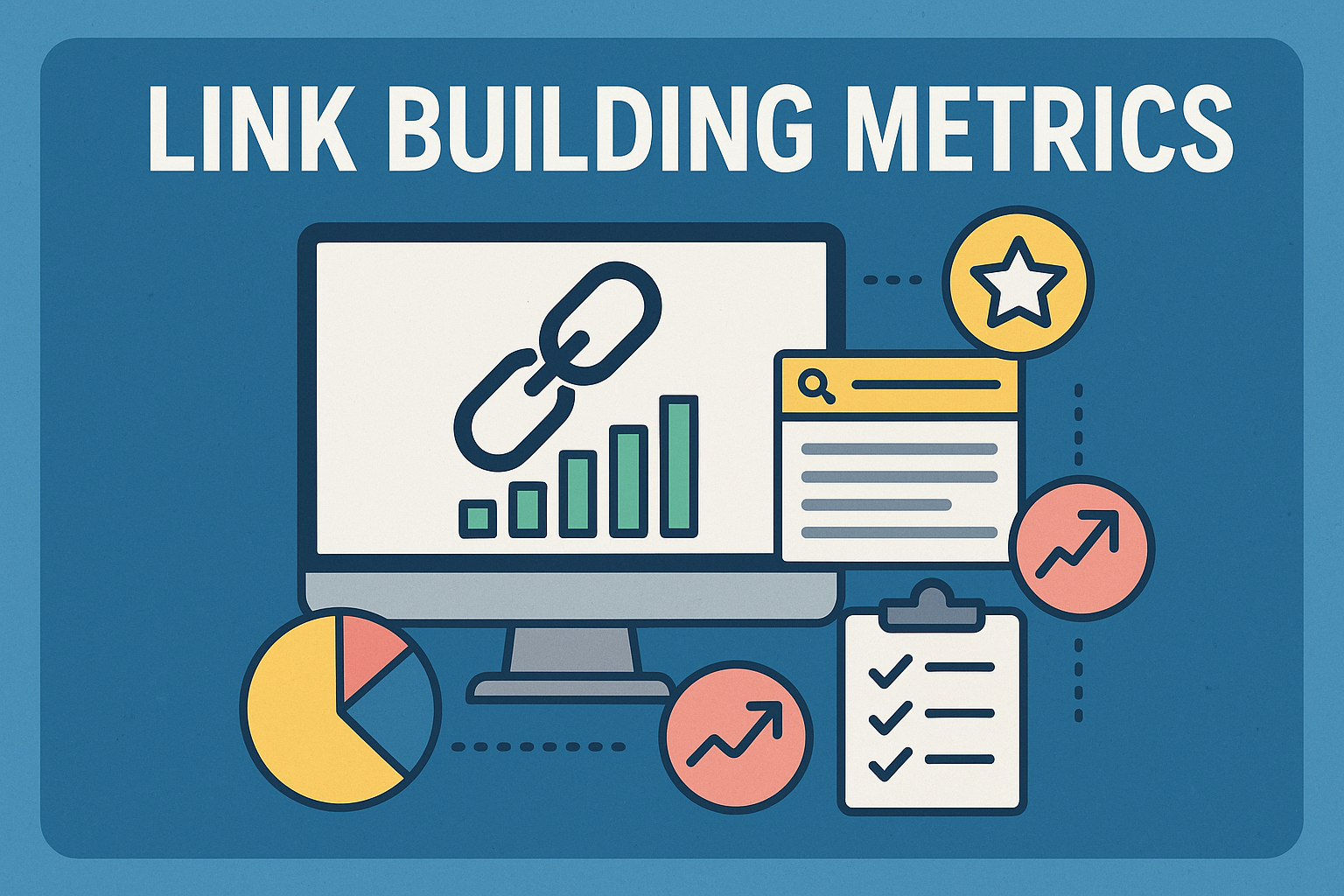
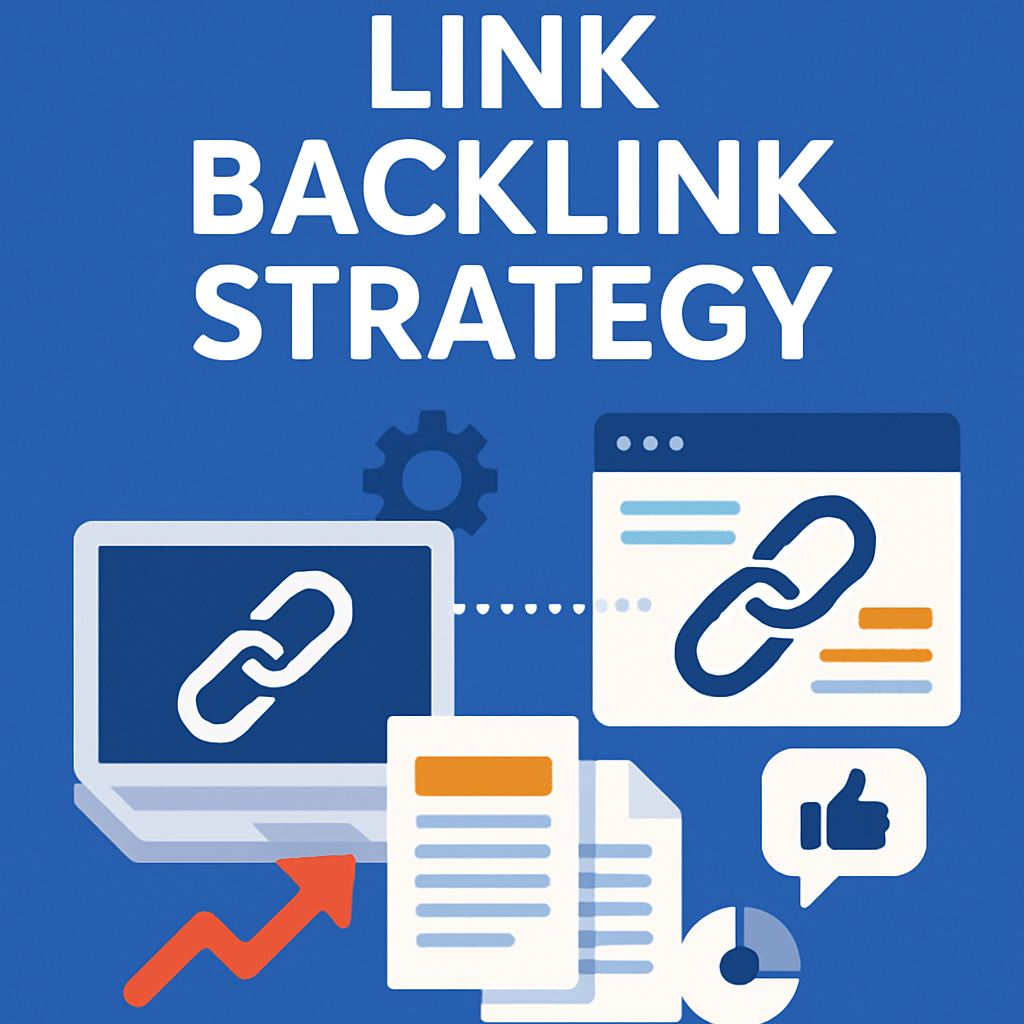
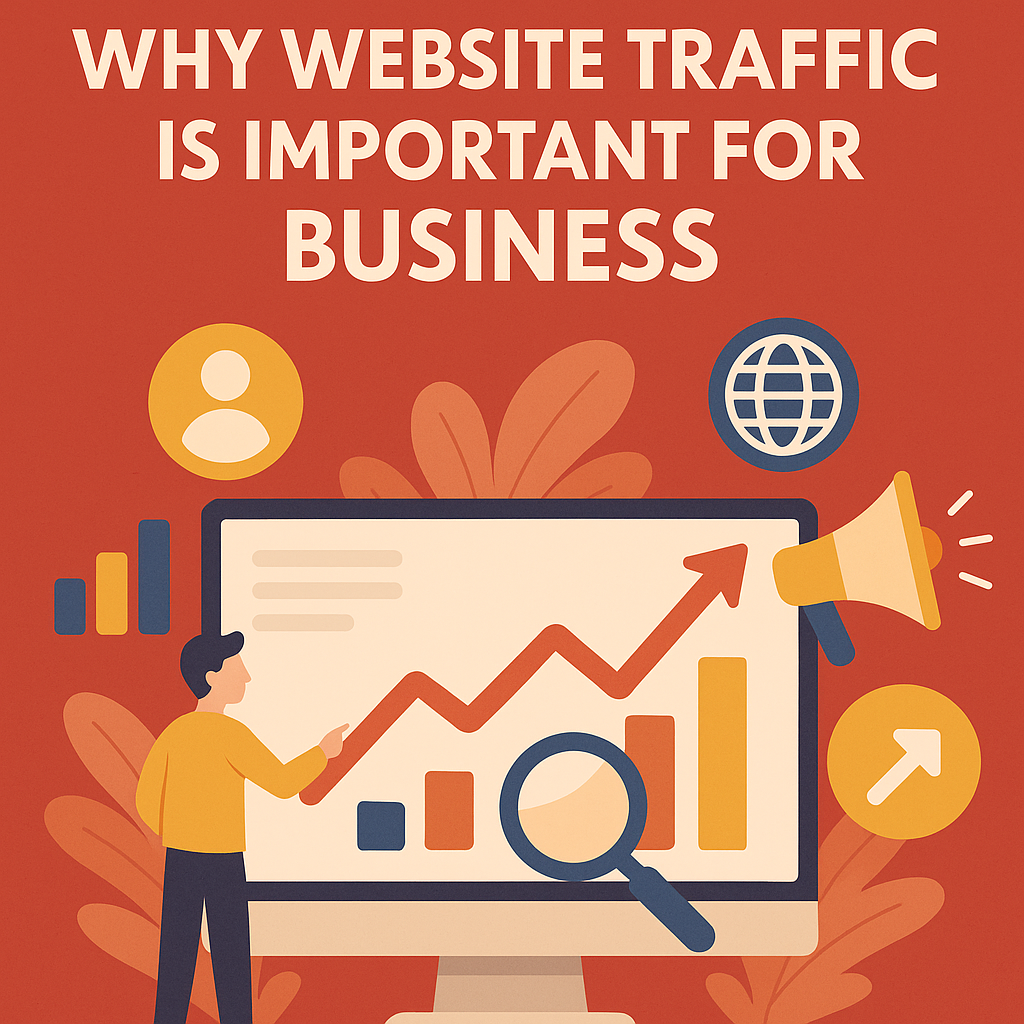

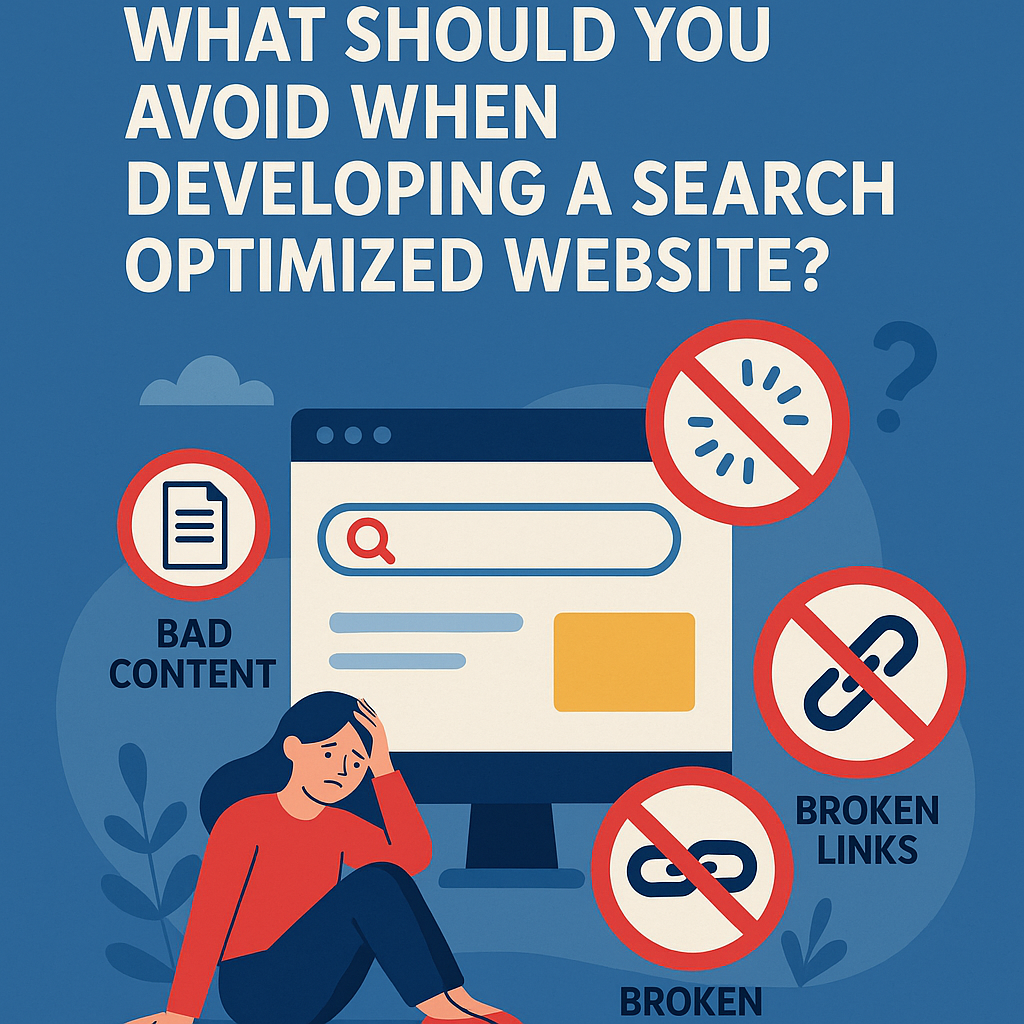
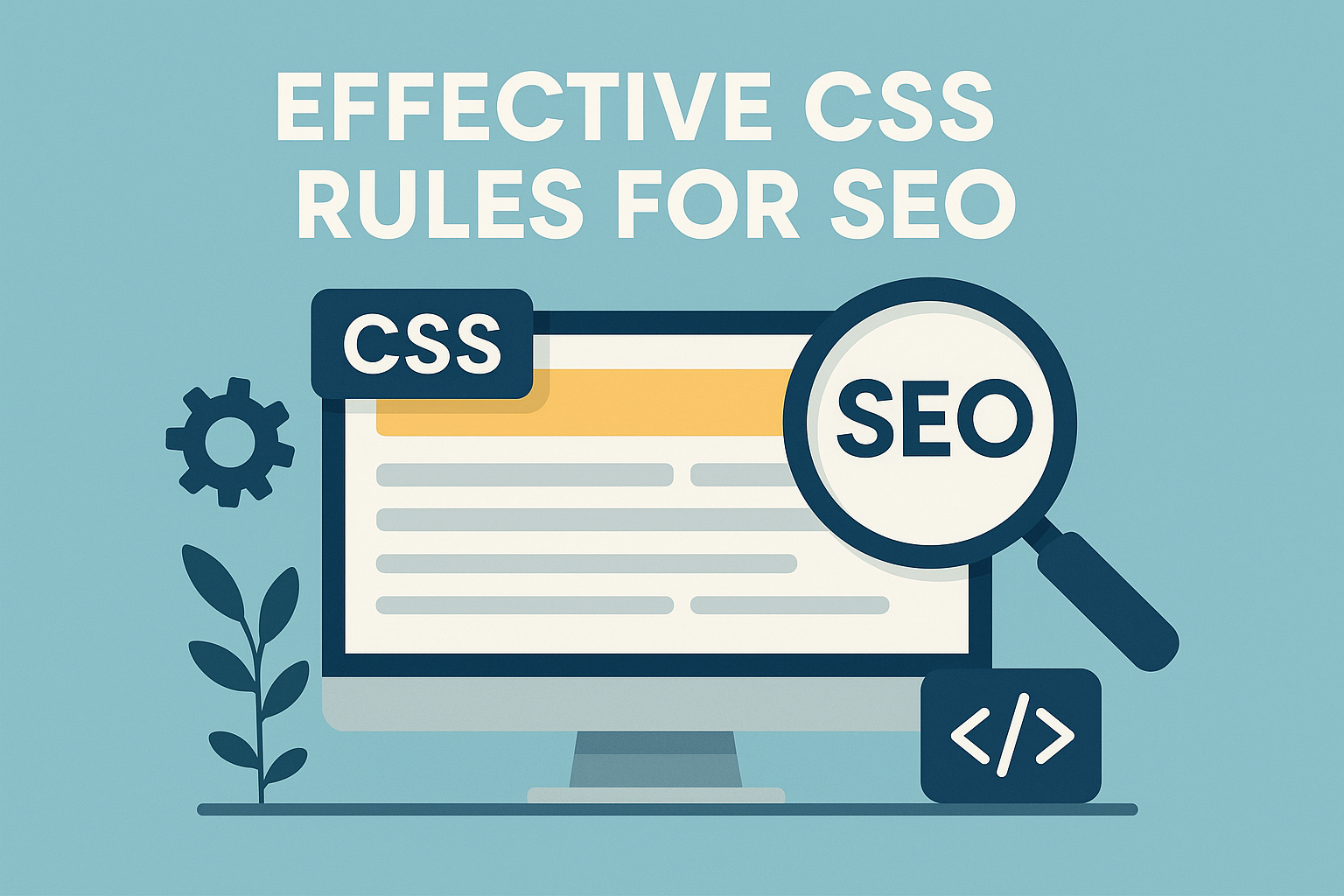

![What To Do After Keyword Research [2025 Guide]](https://backlinkmanagement.io/wp-content/uploads/2025/05/What-To-Do-After-Keyword-Research.png)
![Is Page Speed Really A Ranking Factor? [2025]](https://backlinkmanagement.io/wp-content/uploads/2025/05/Is-Page-Speed-Really-A-Ranking-Factor.png)
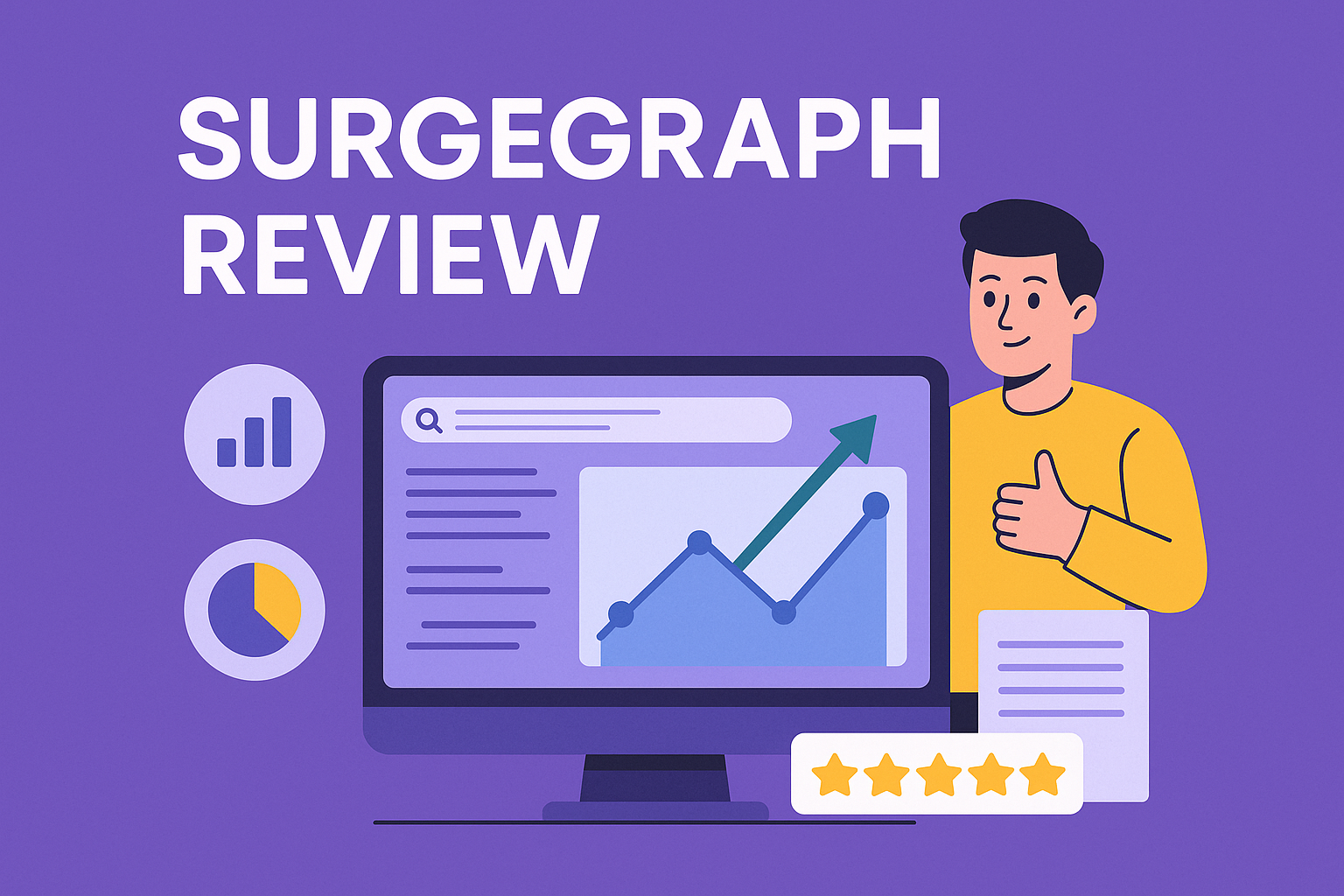
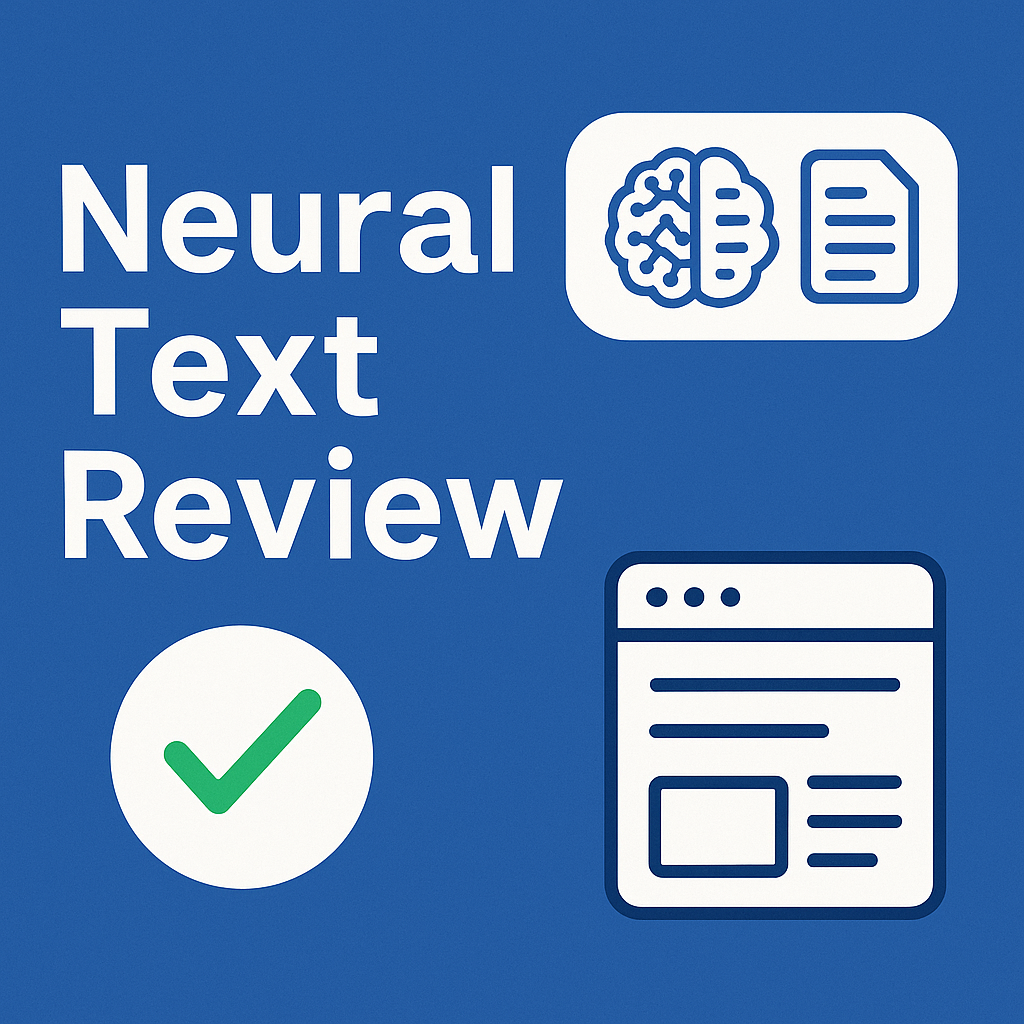




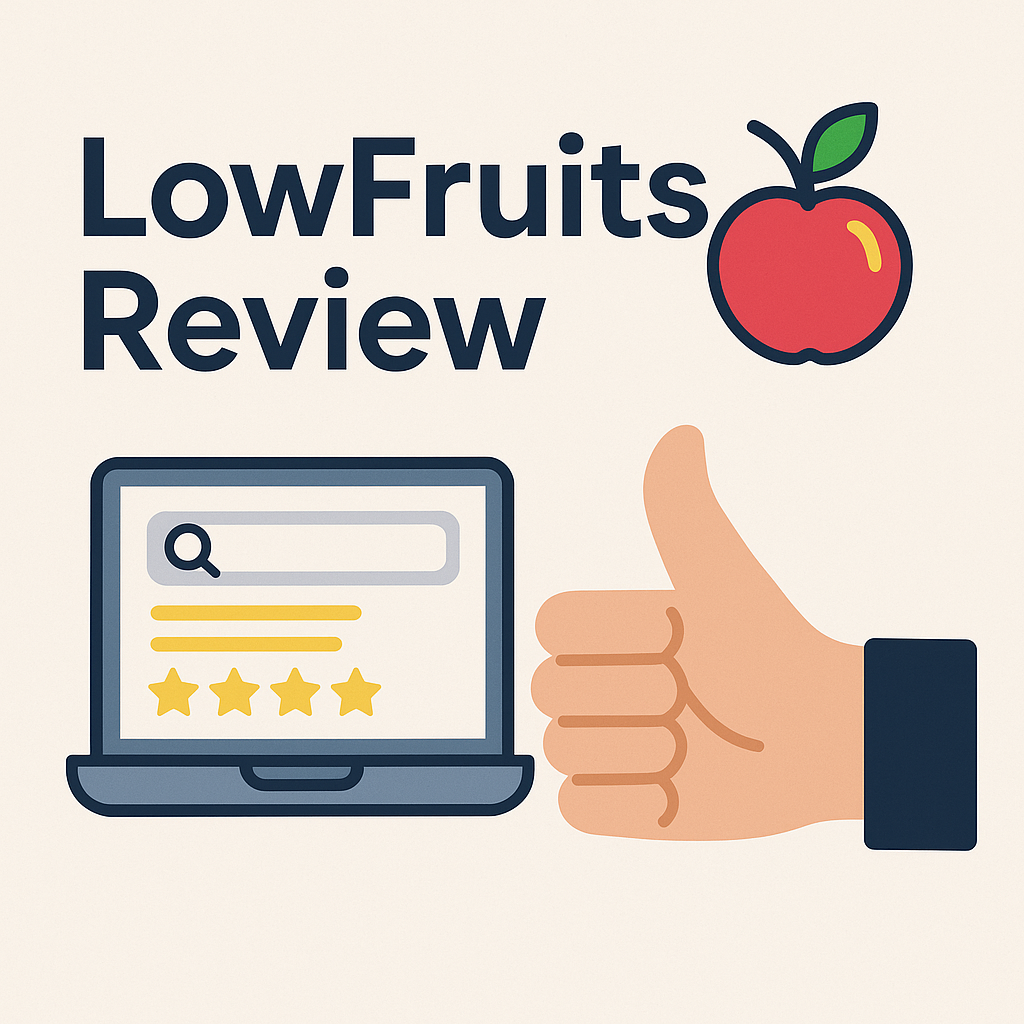
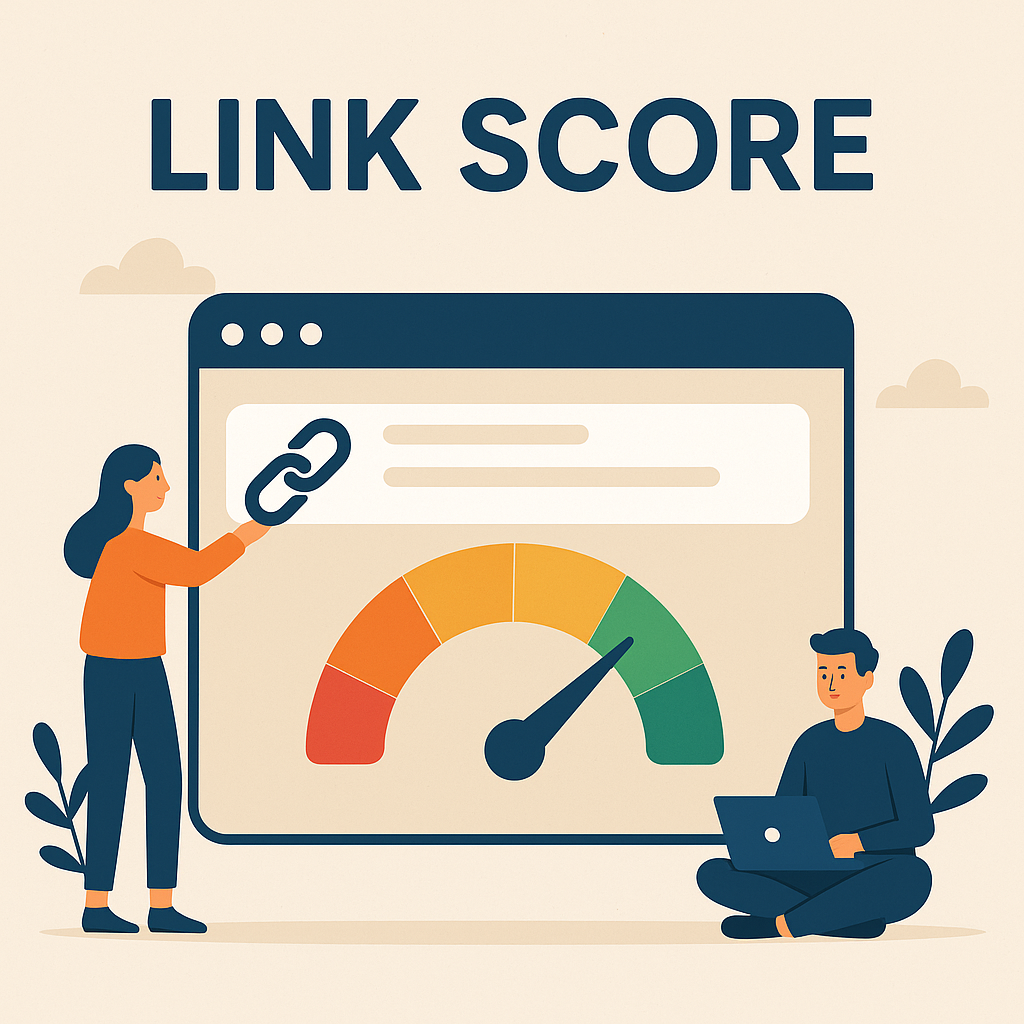
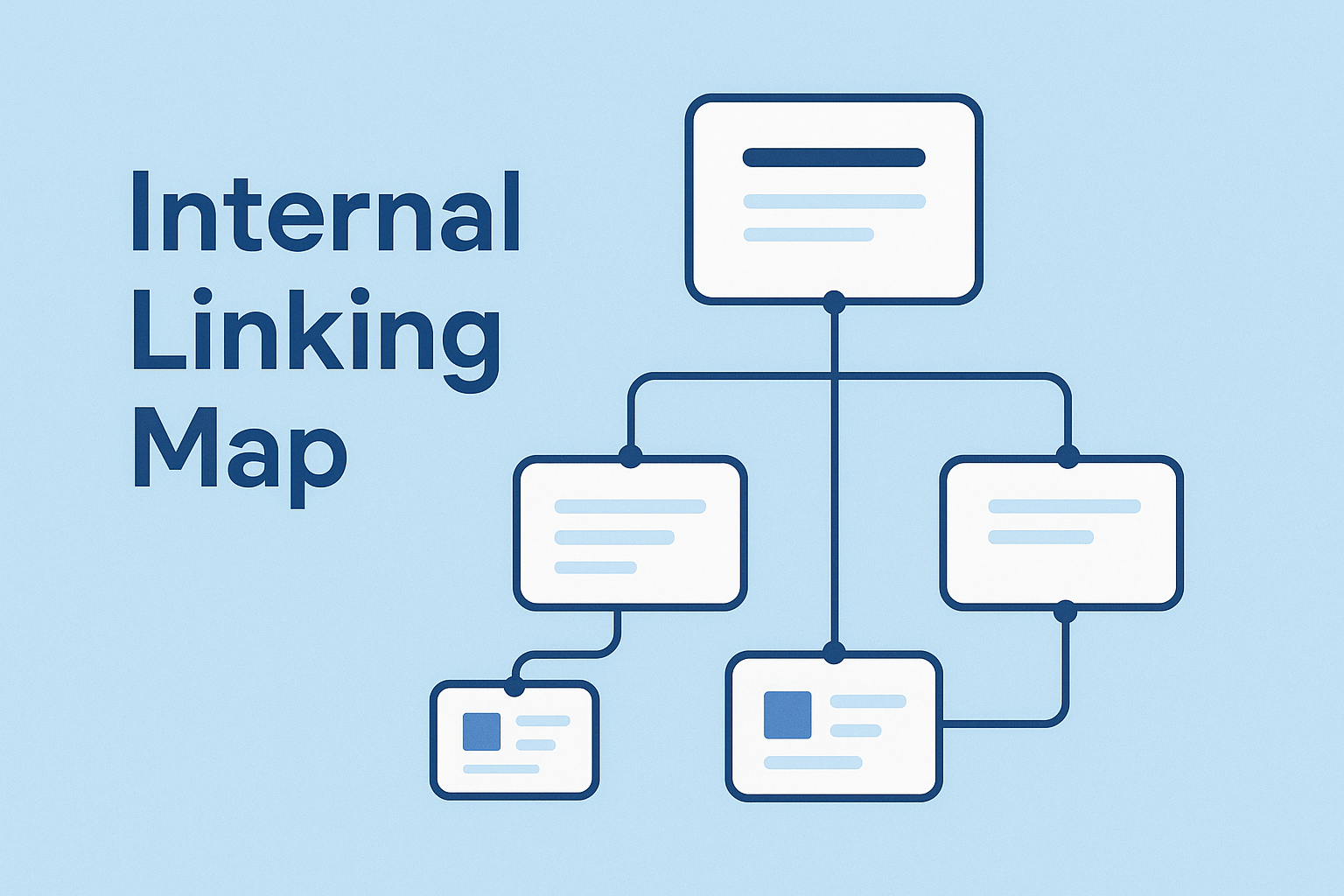

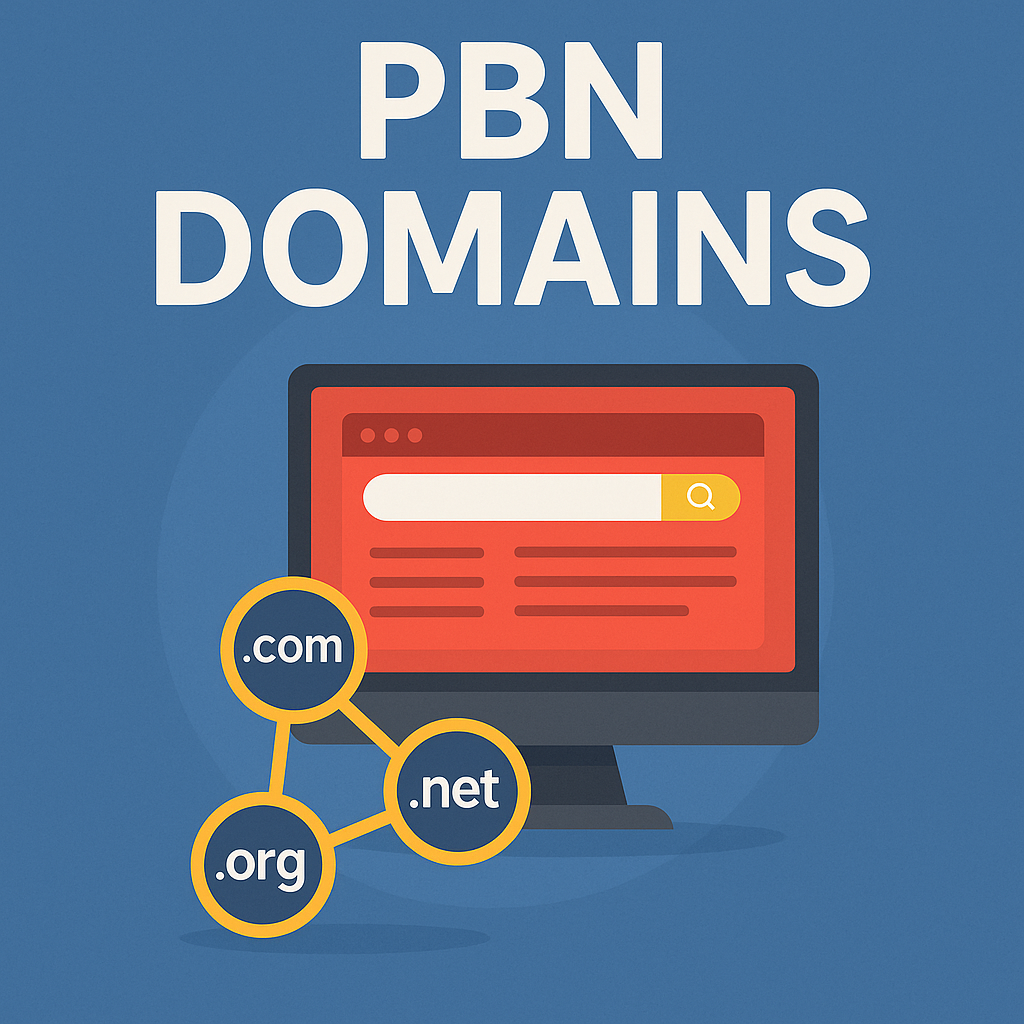
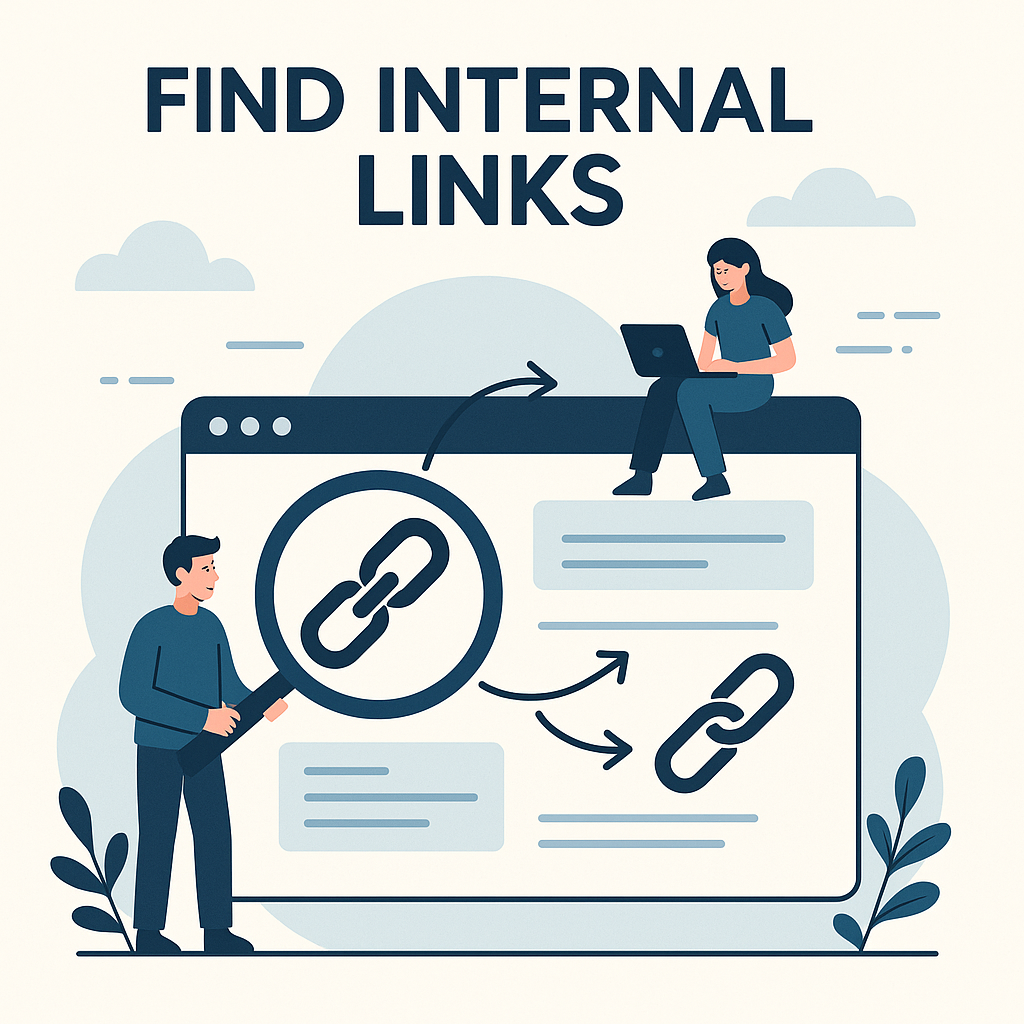
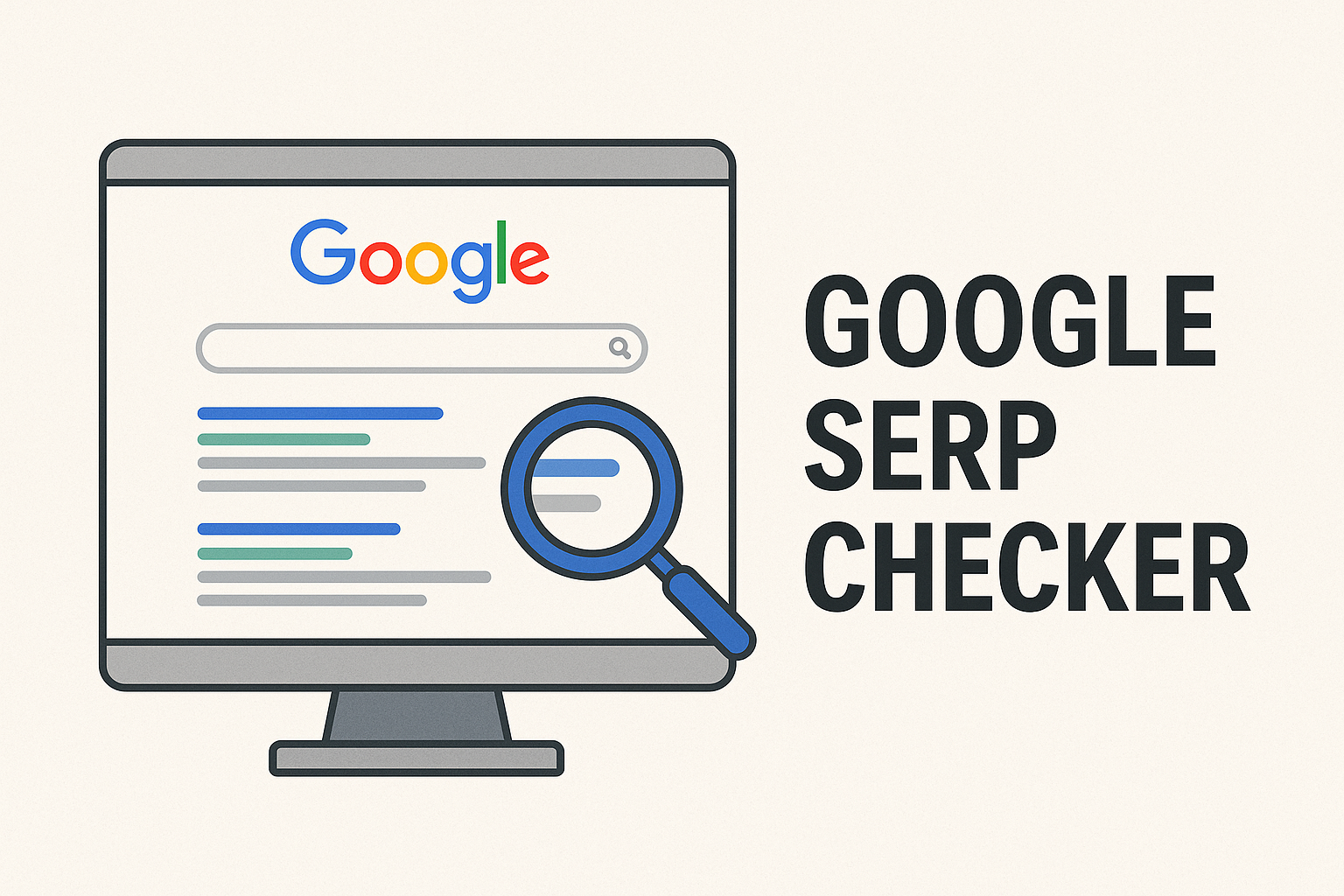
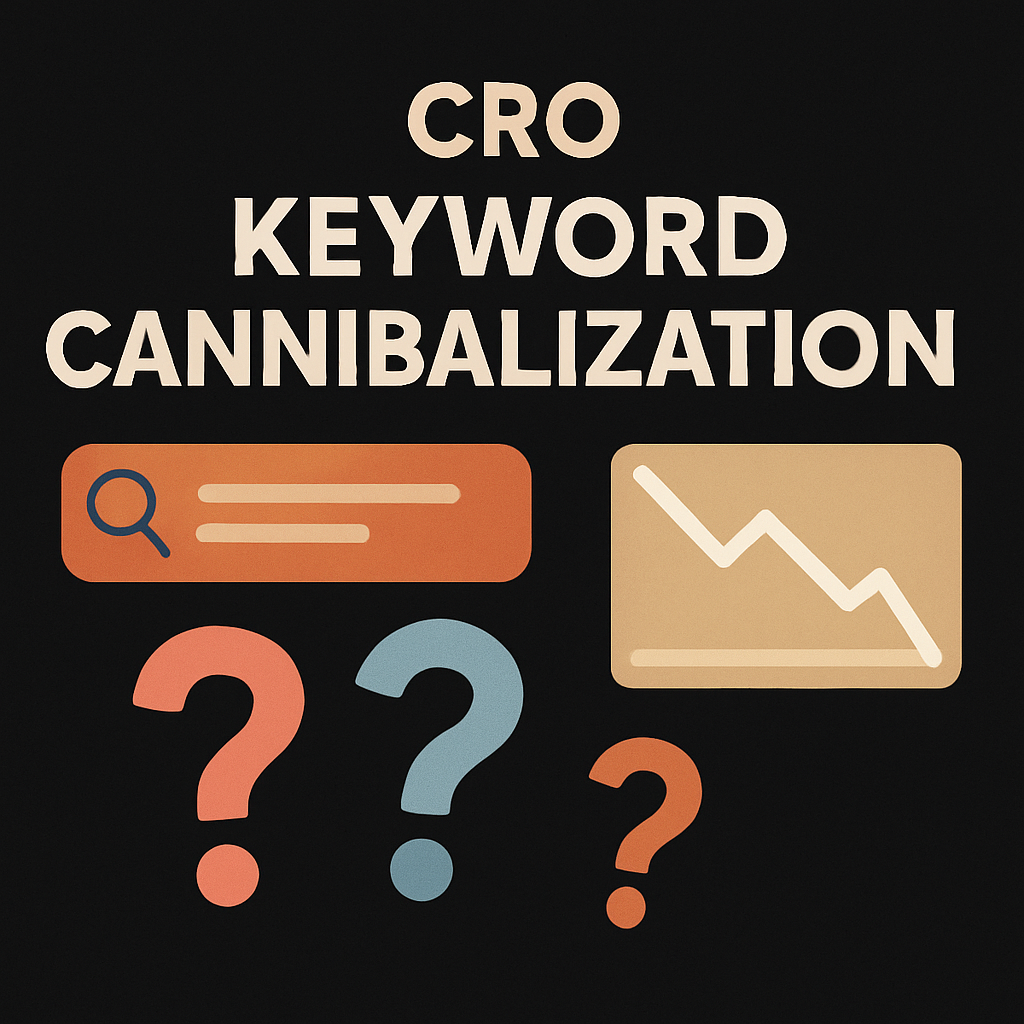


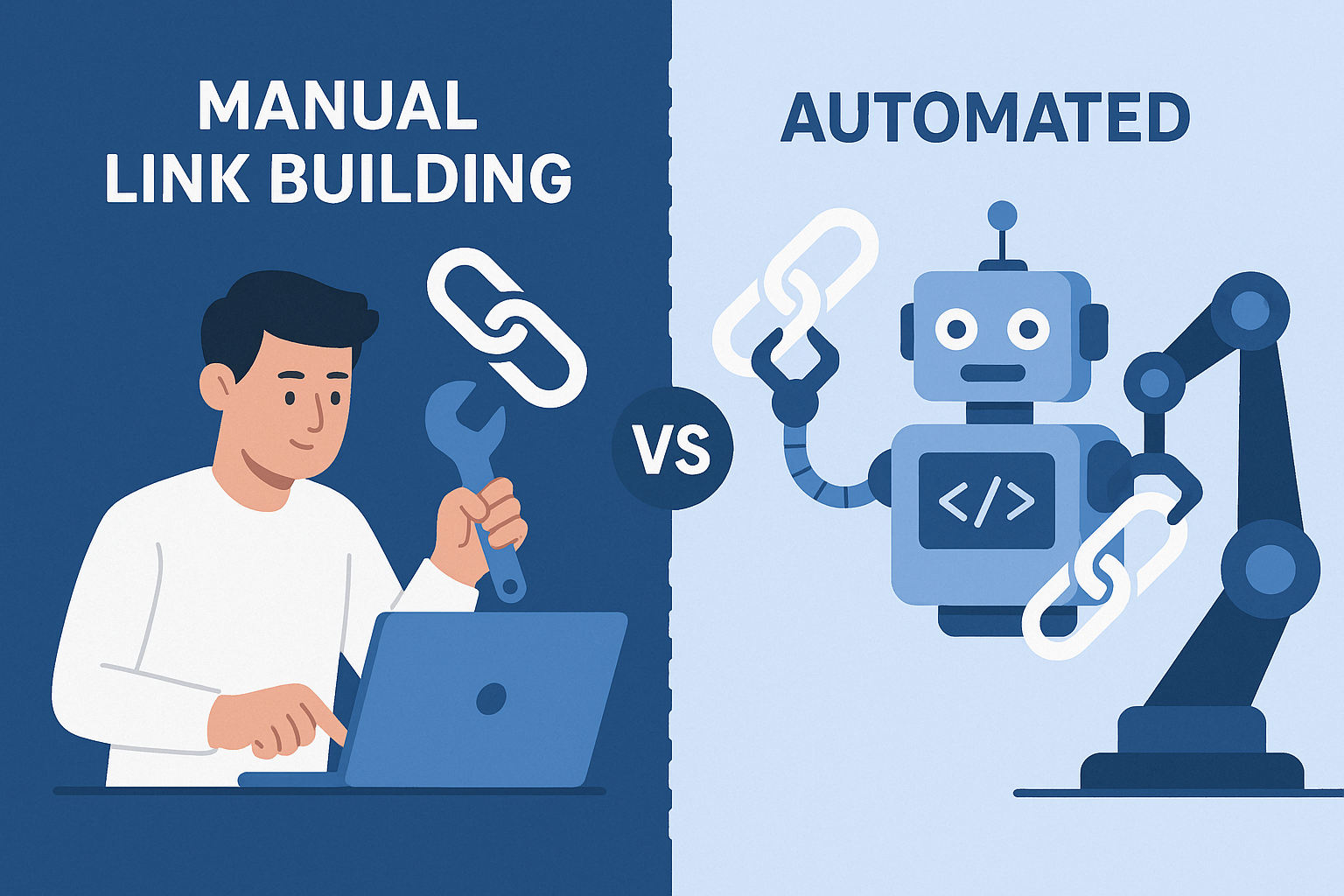
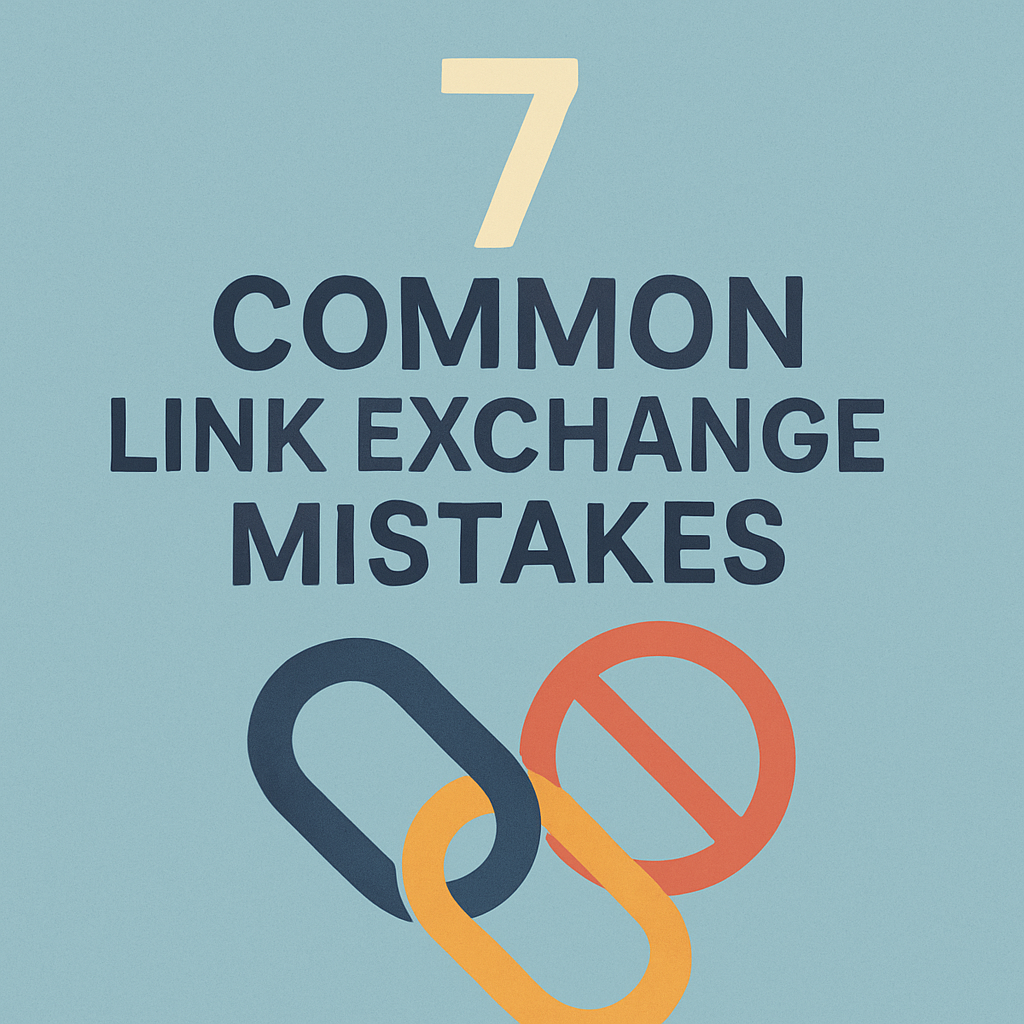
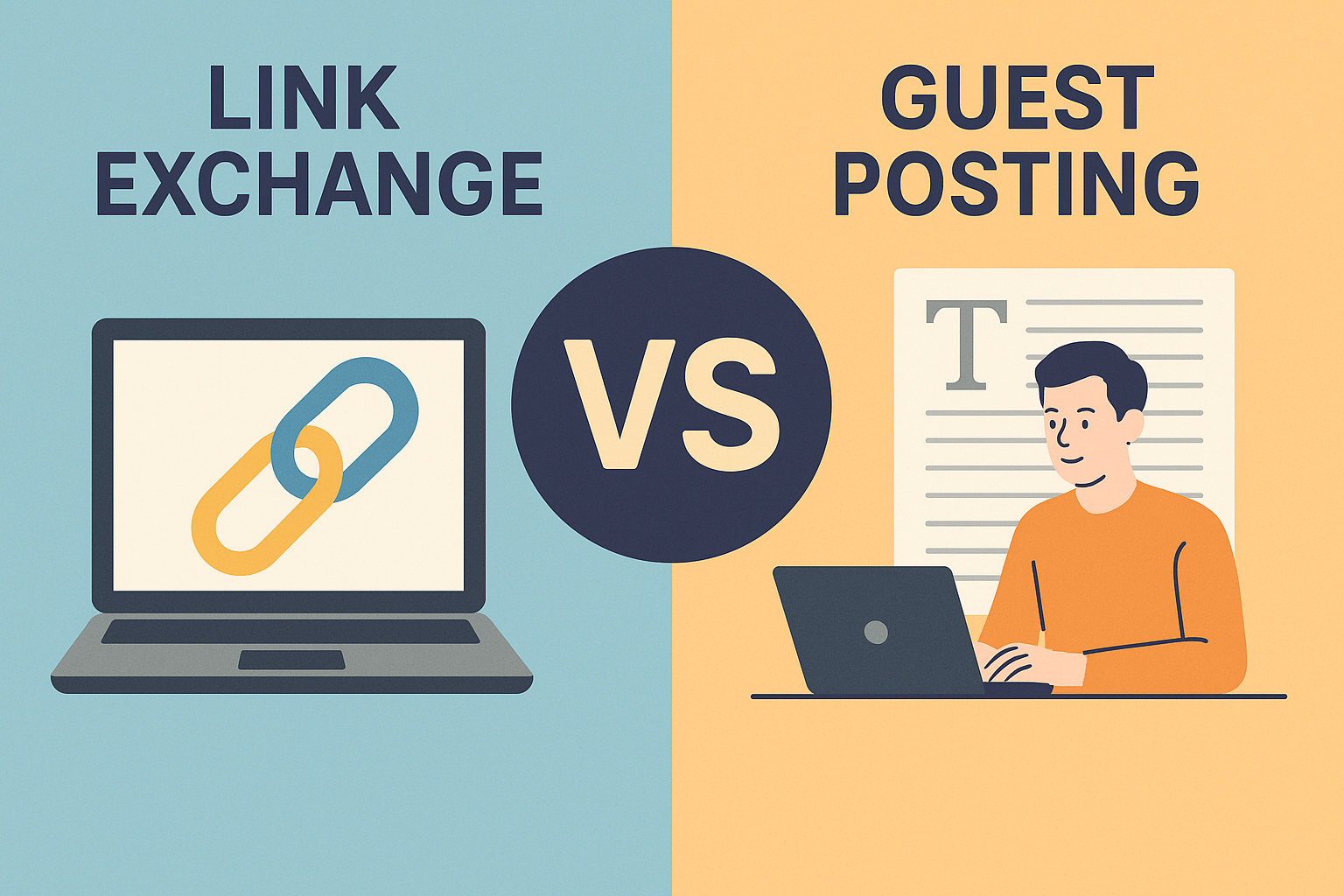
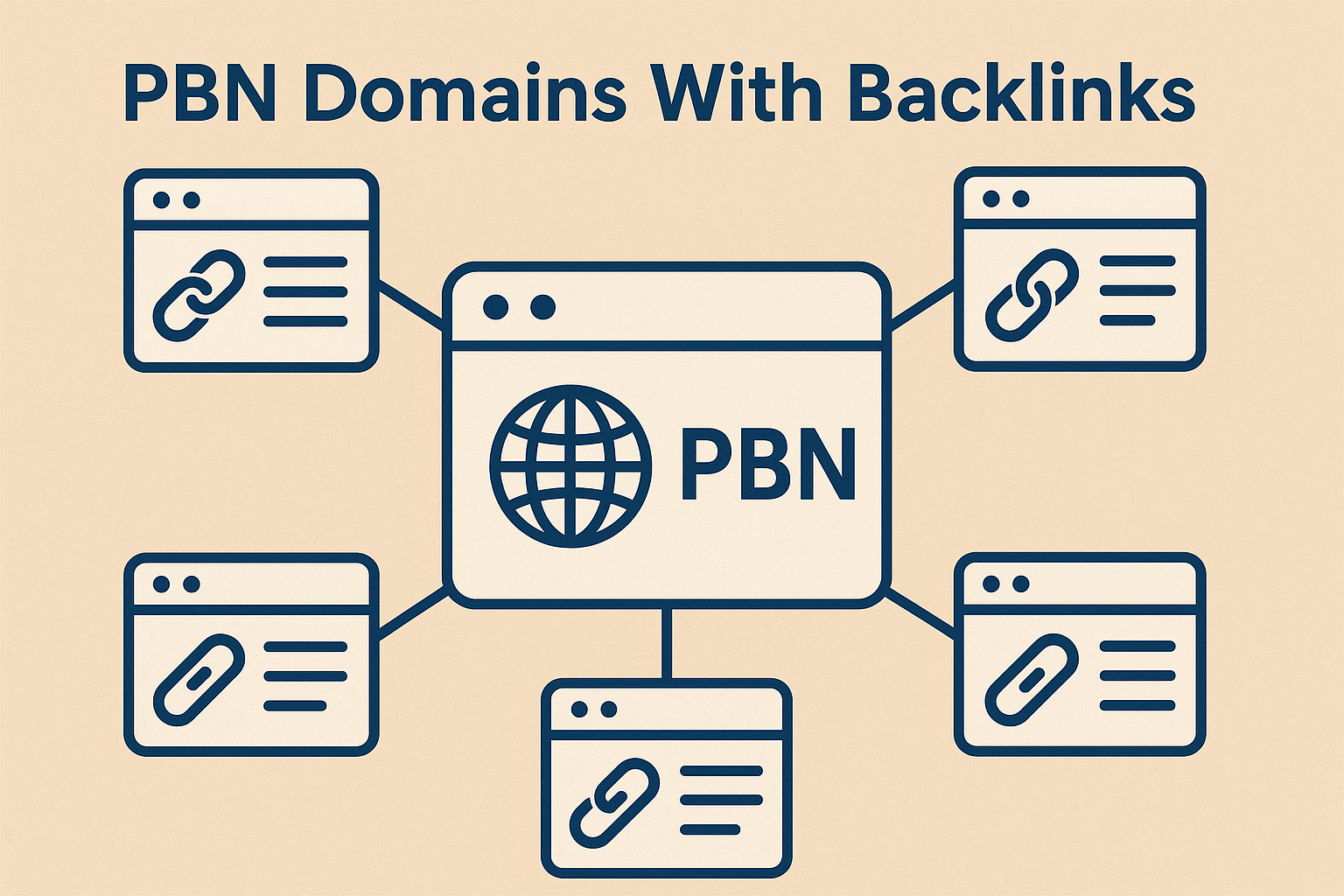
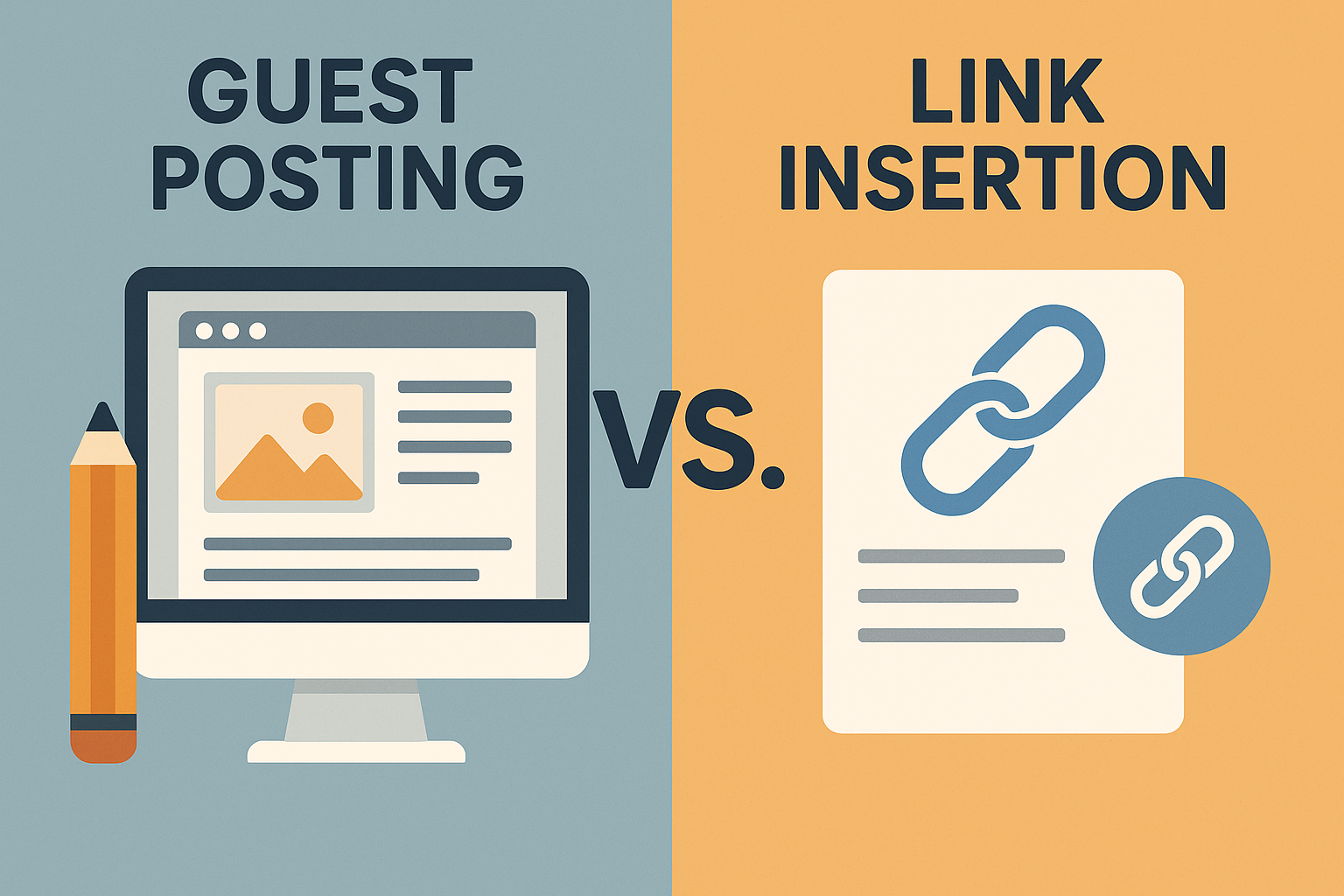
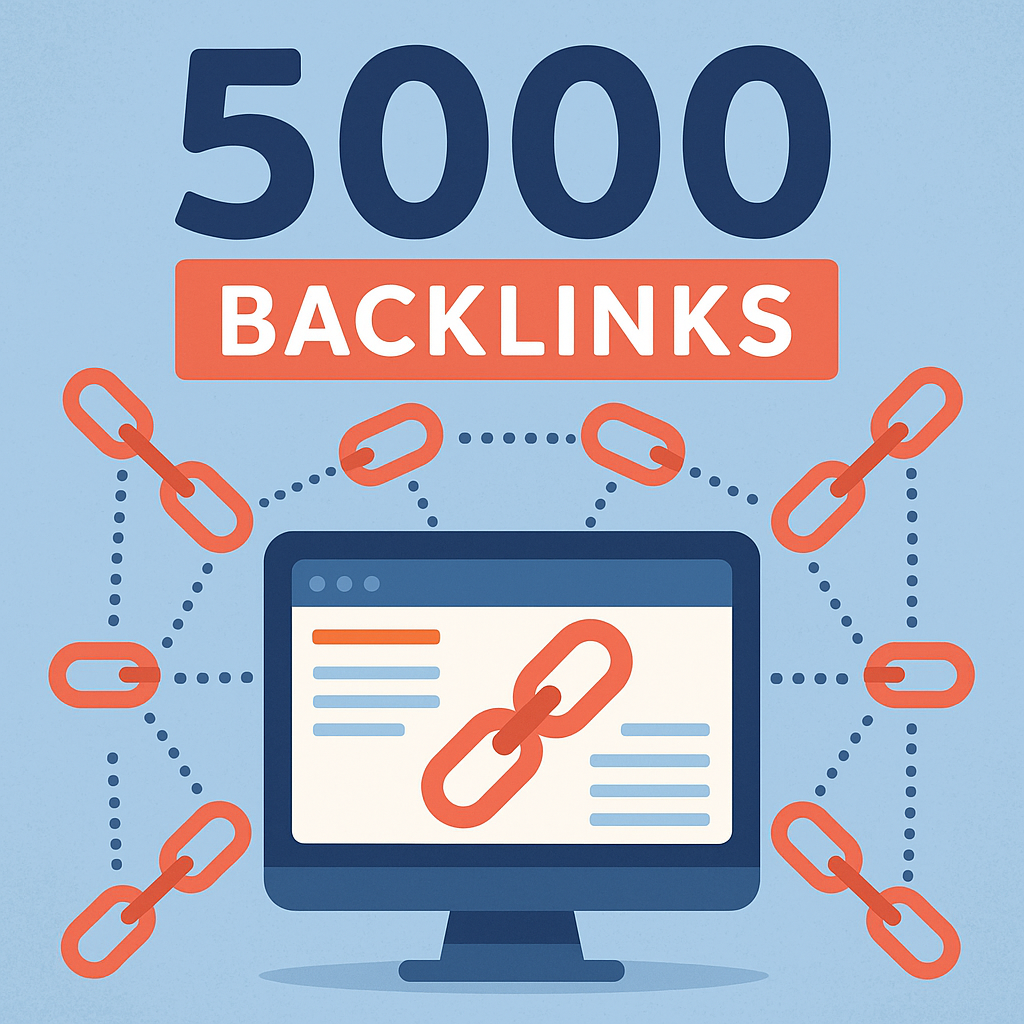
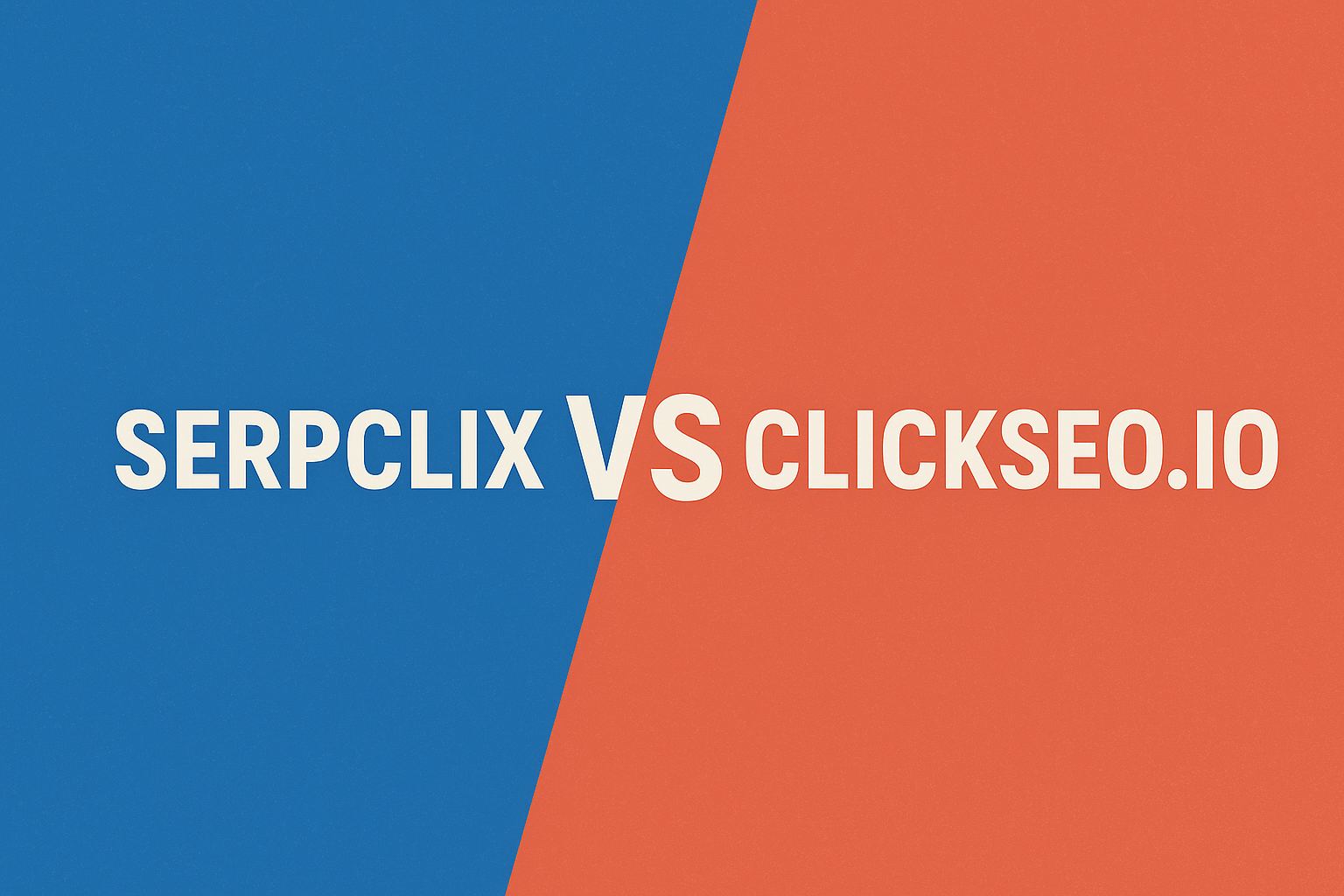
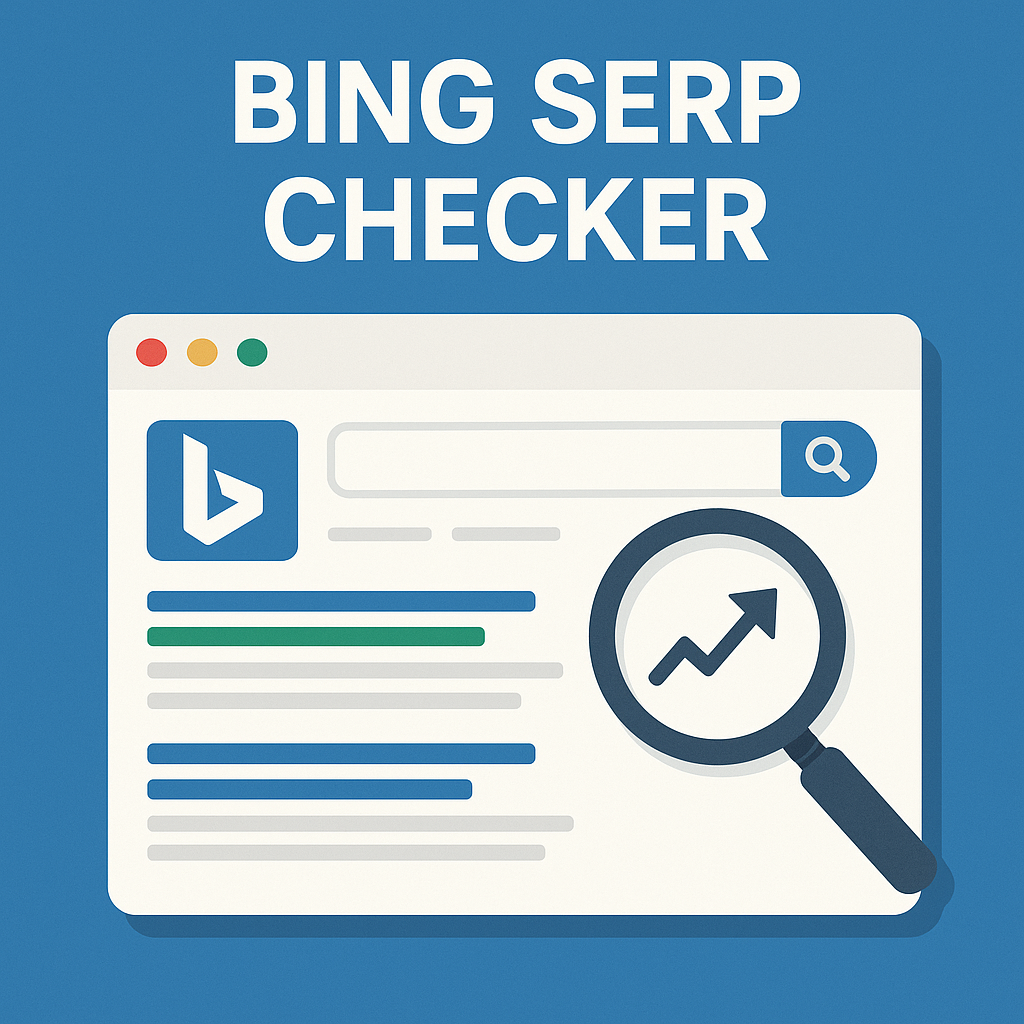
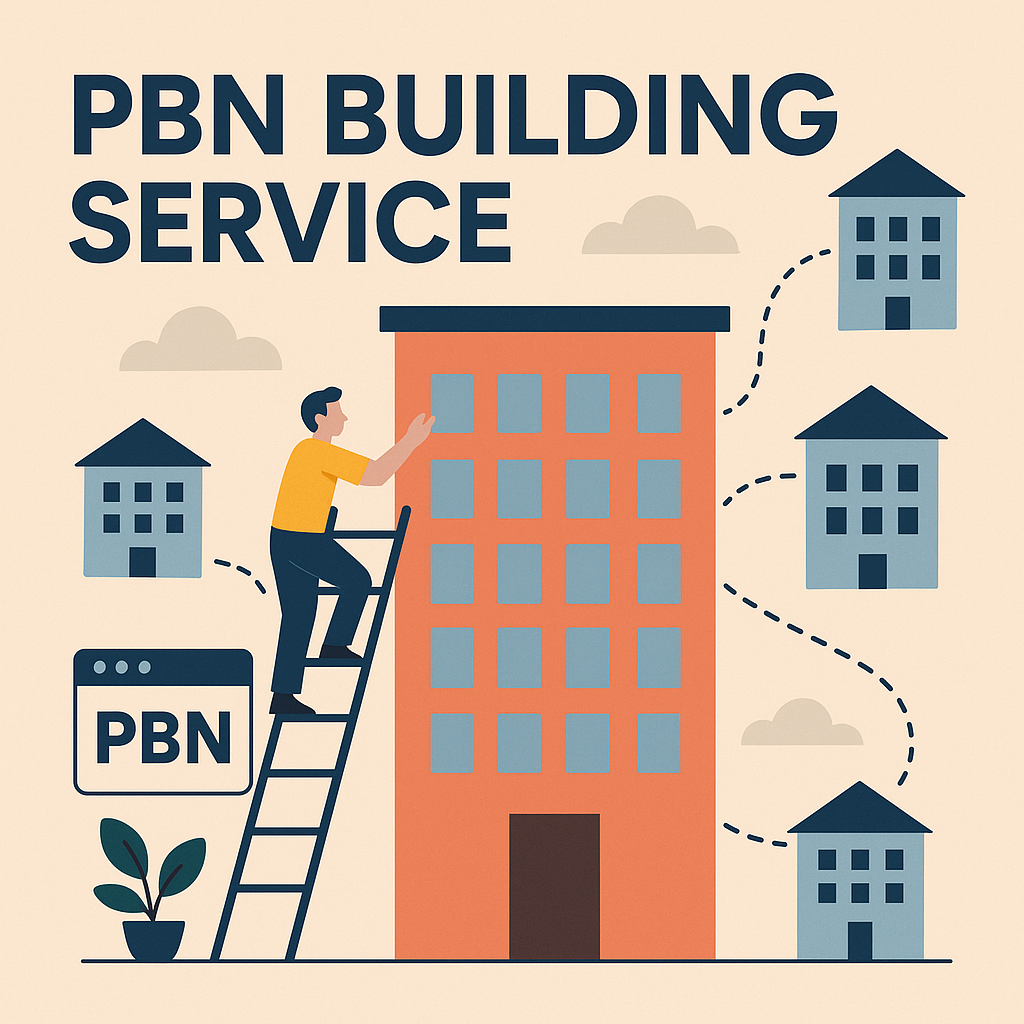
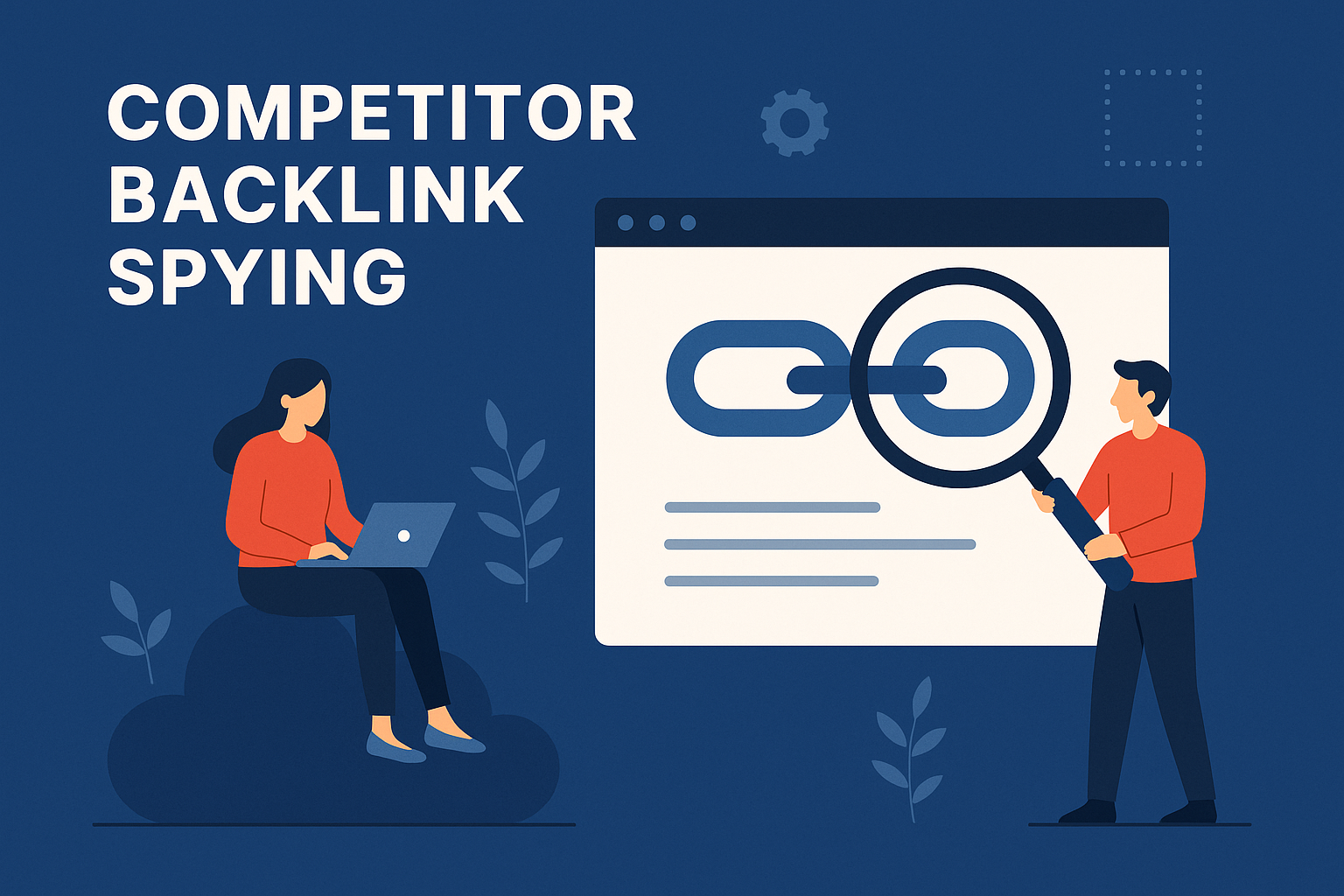
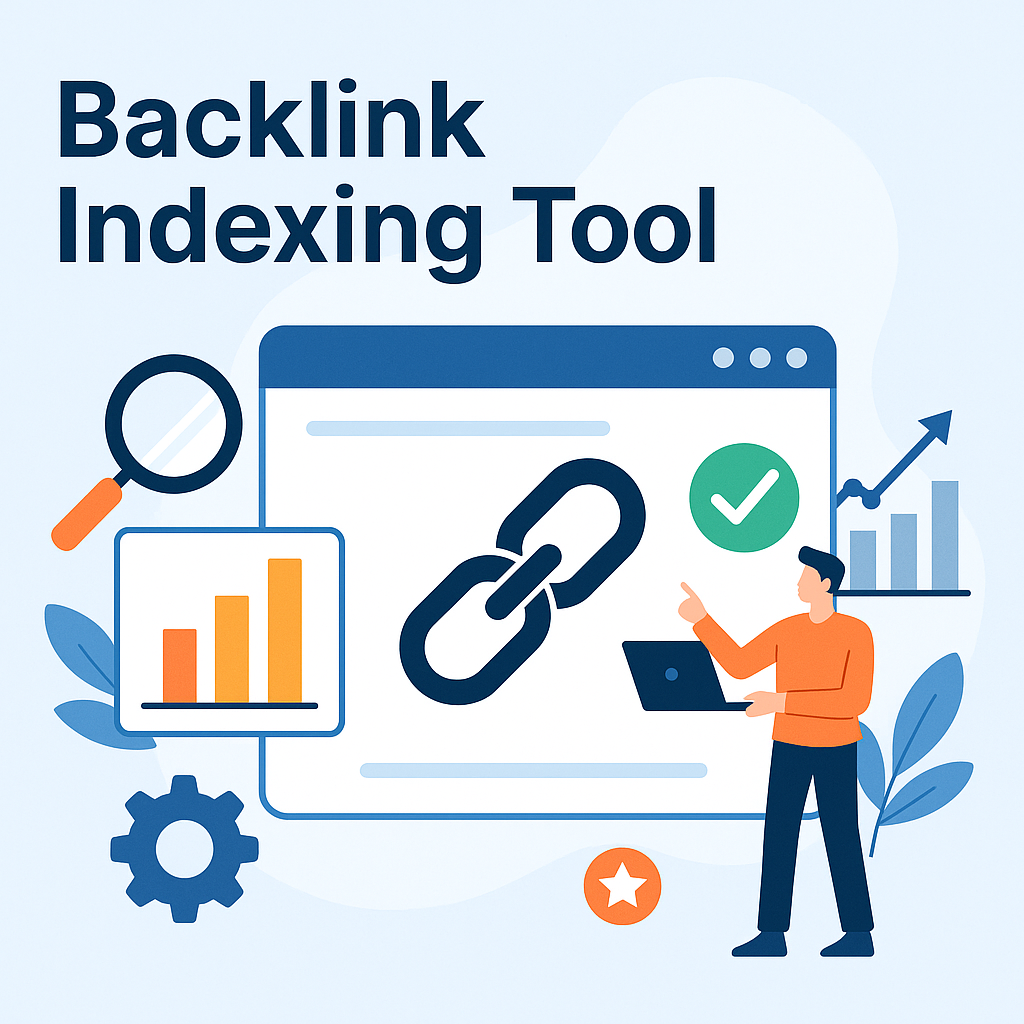

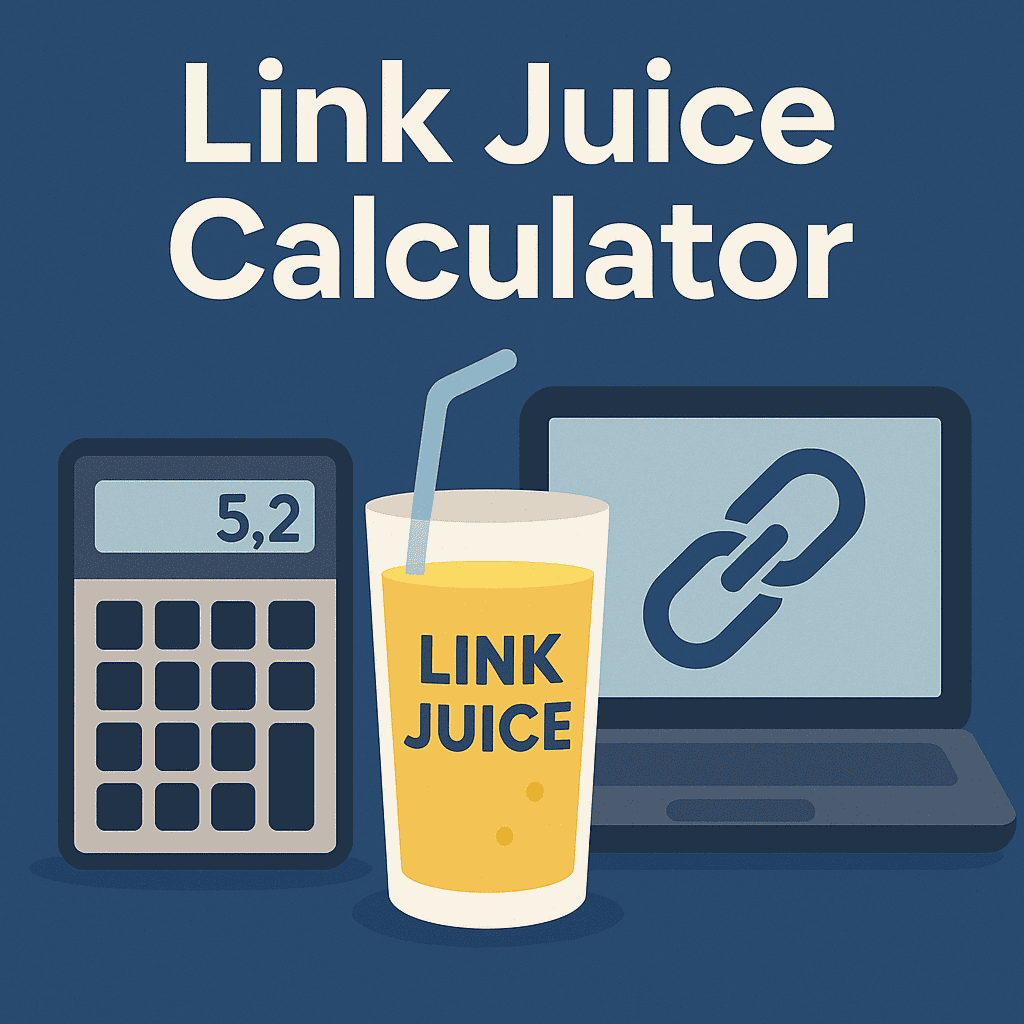


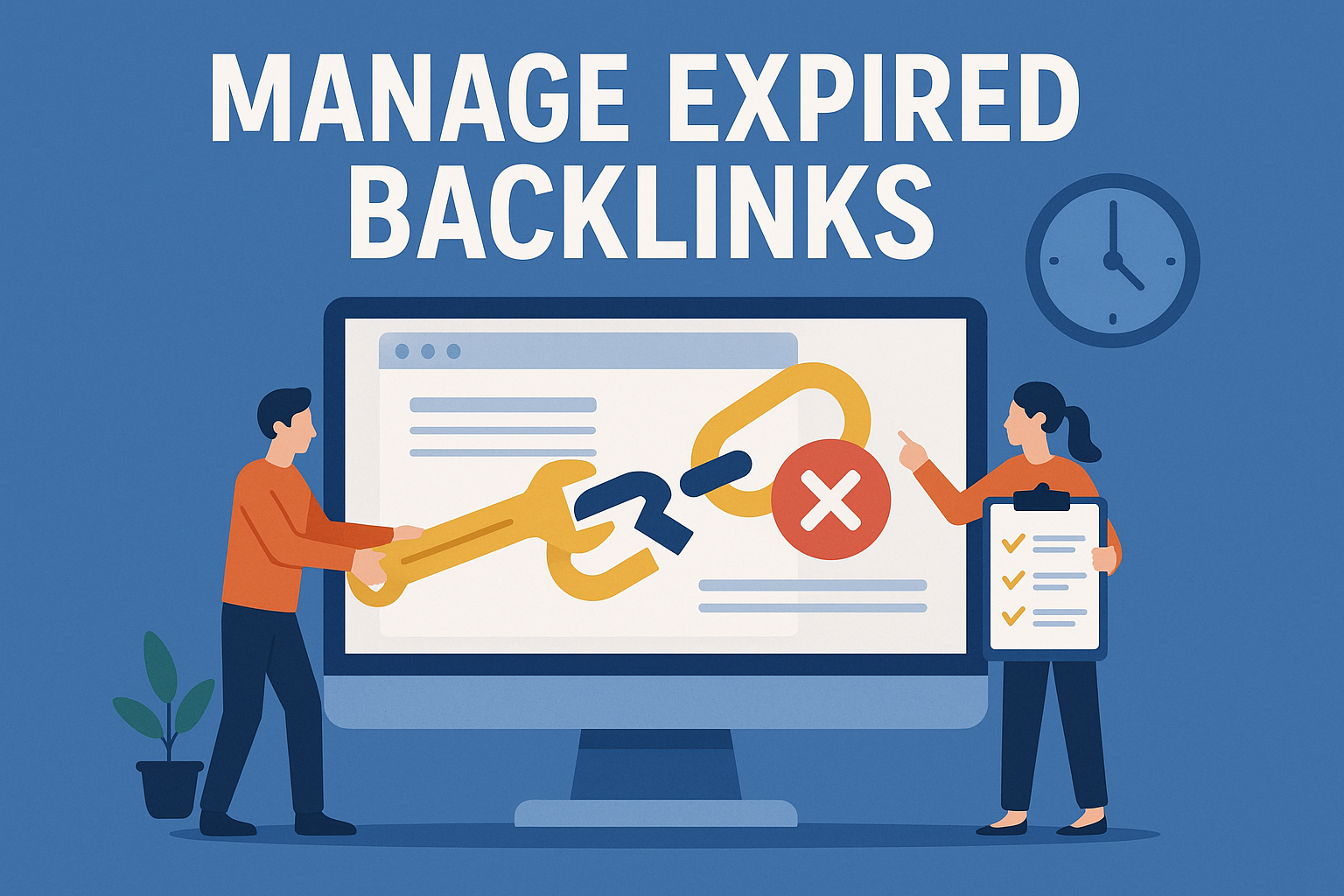

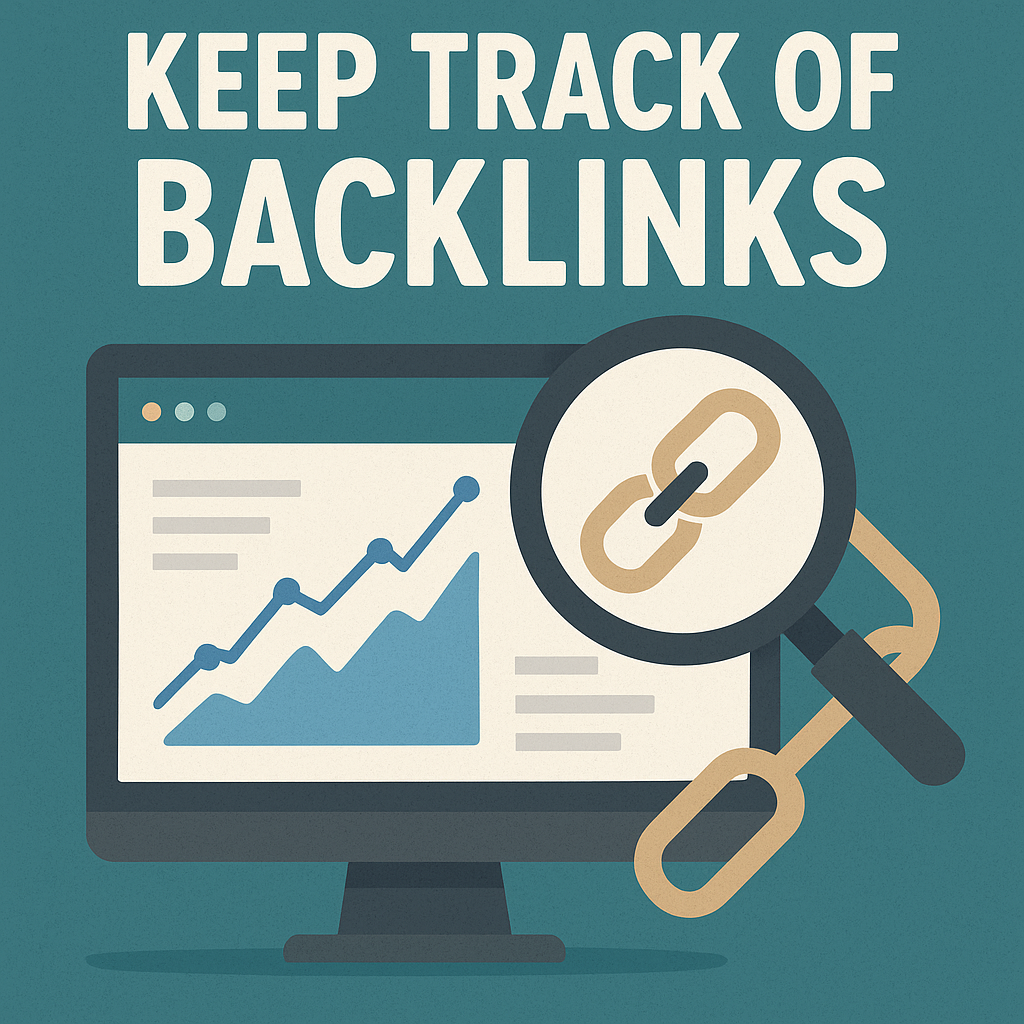
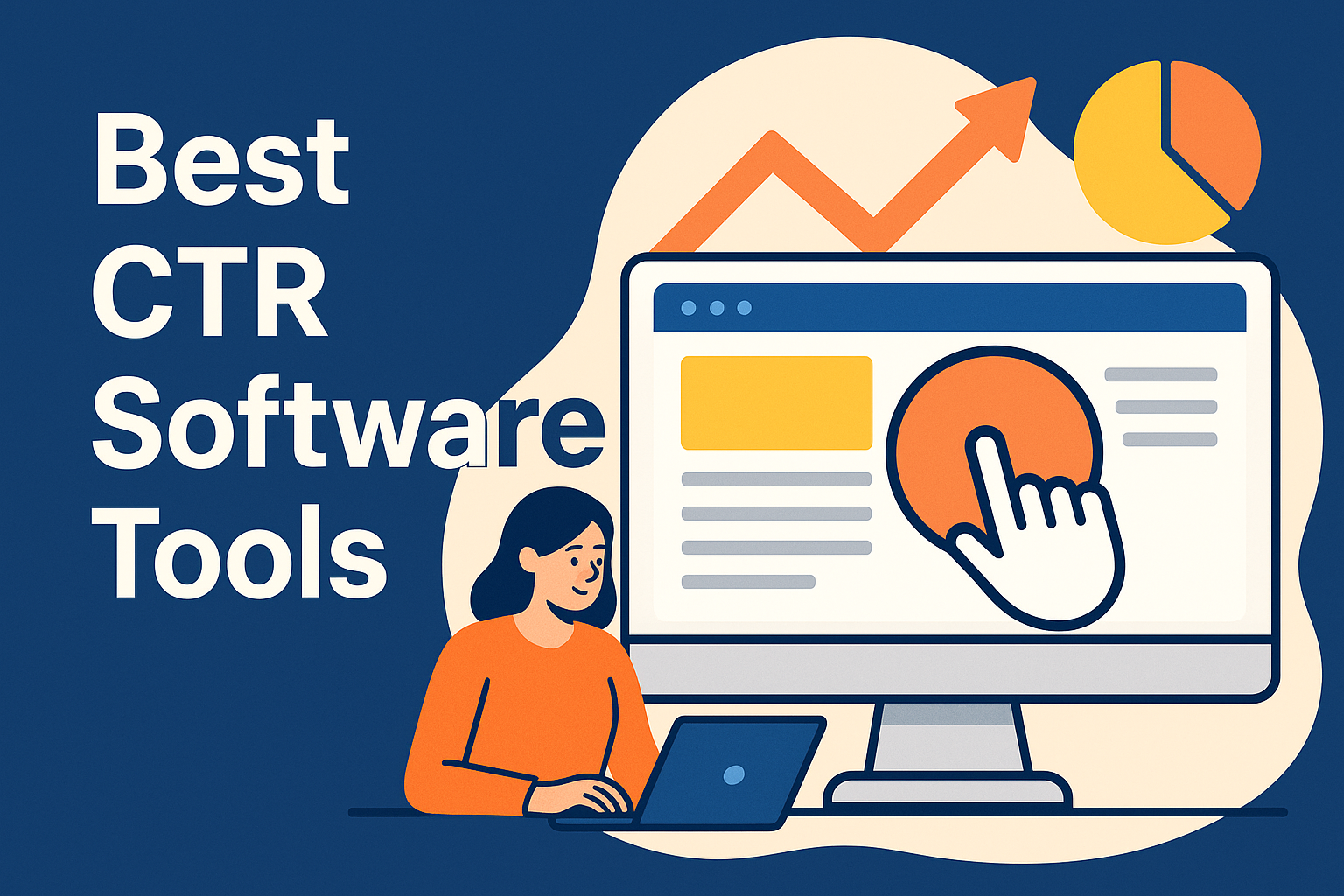
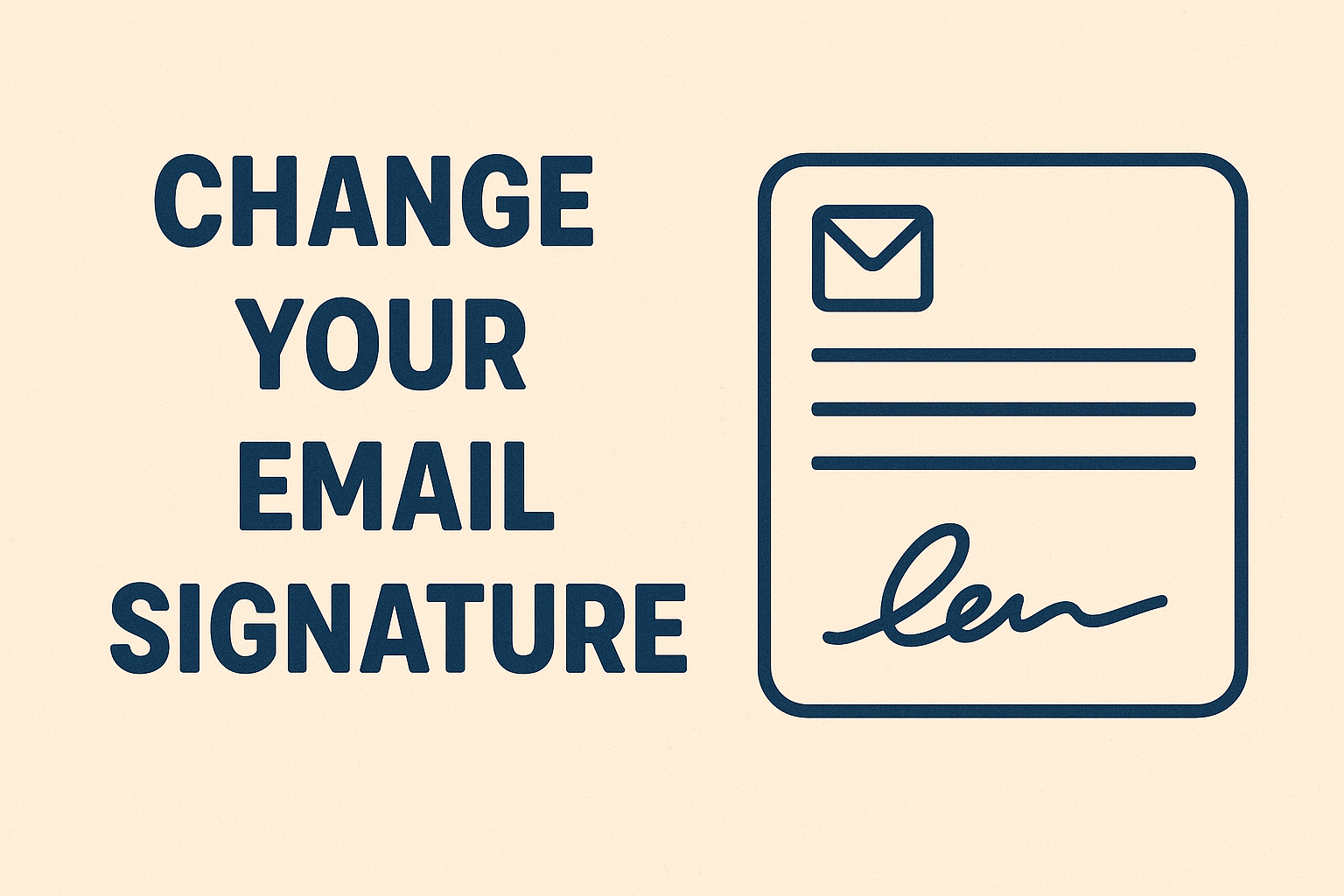
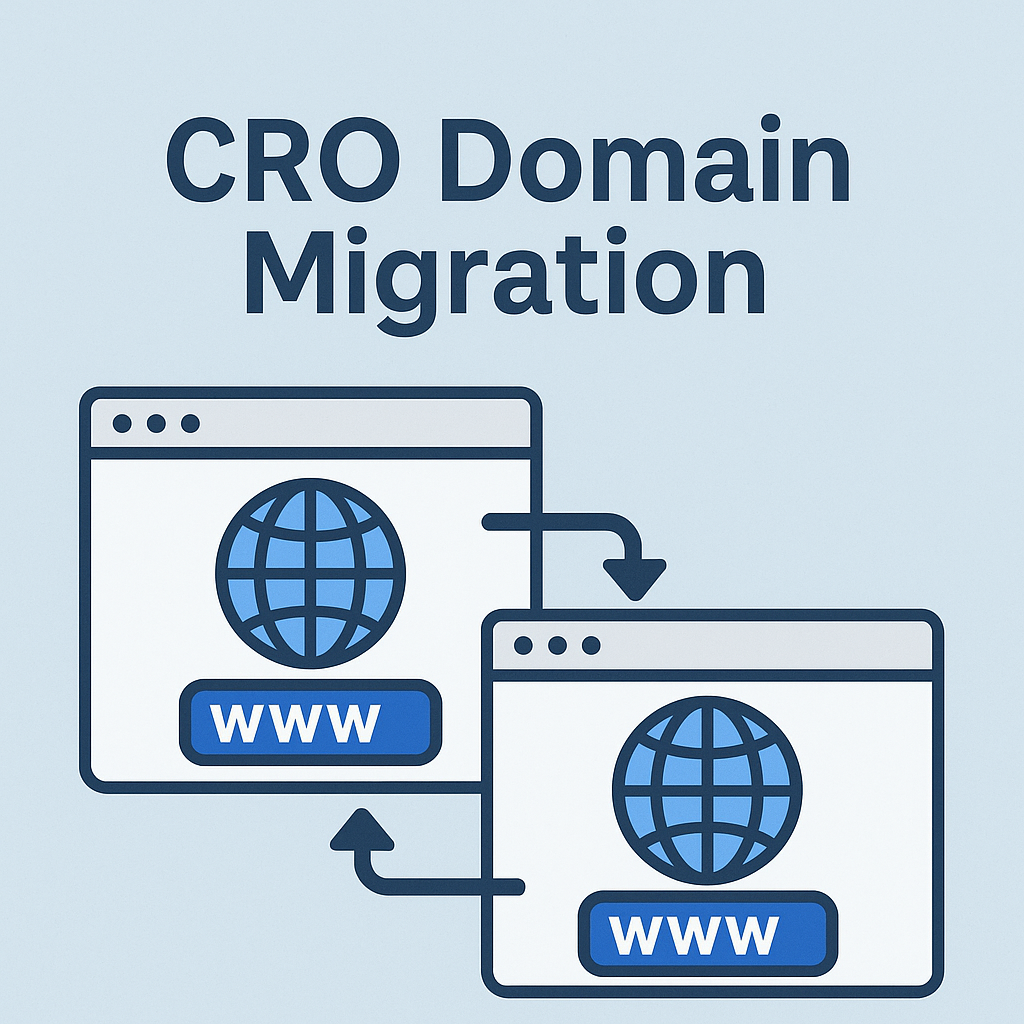
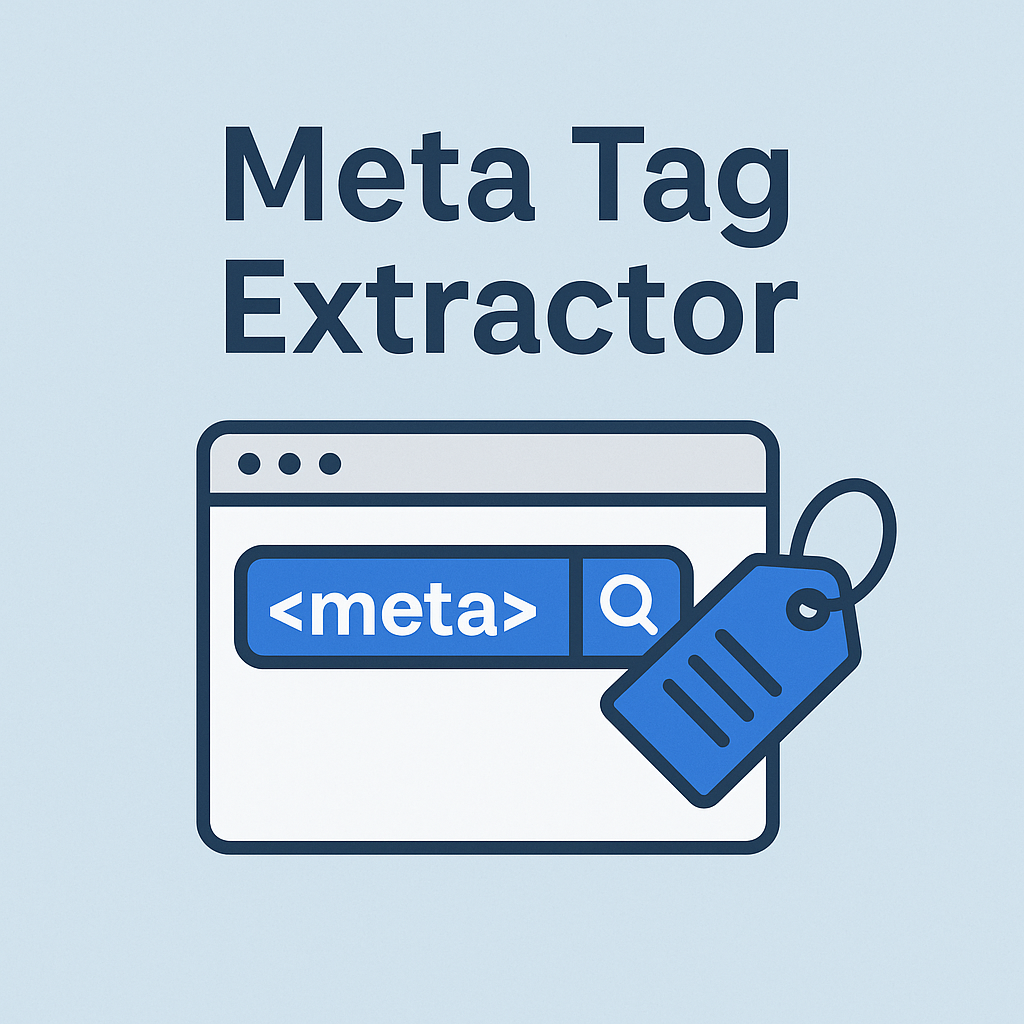
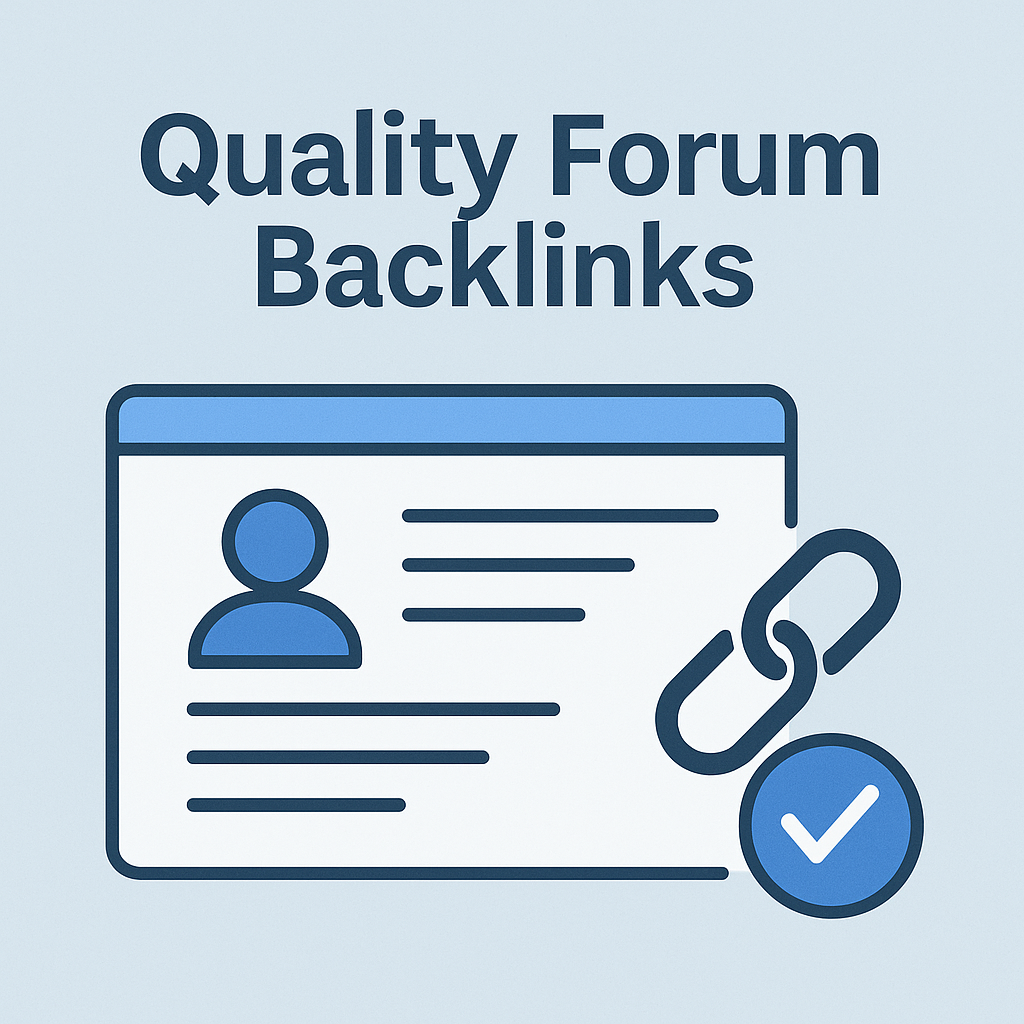
![Best Link Exchange Sites [Free & Safe] – Top 5 Picks](https://backlinkmanagement.io/wp-content/uploads/2025/04/Free-Link-Exchange.png)


